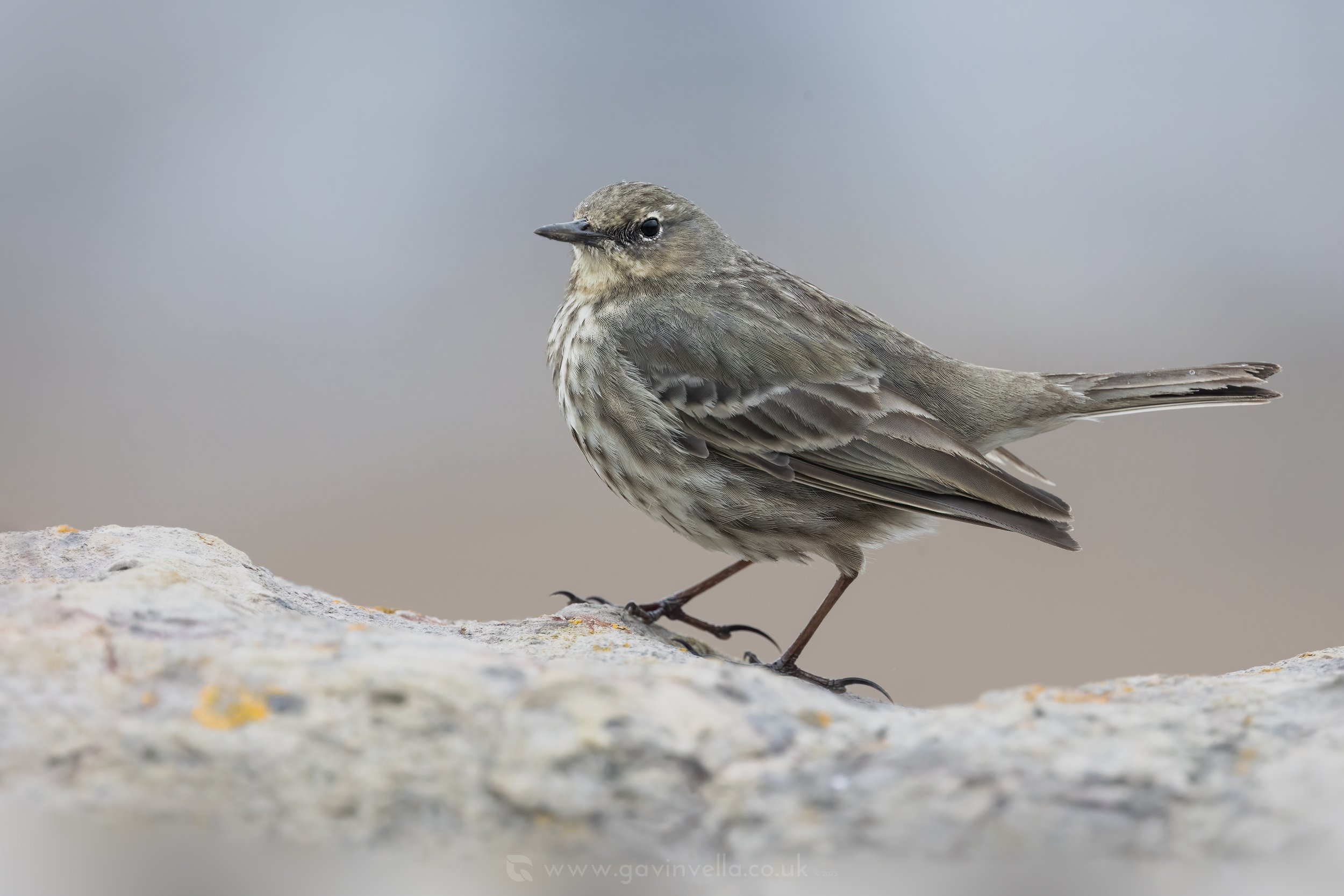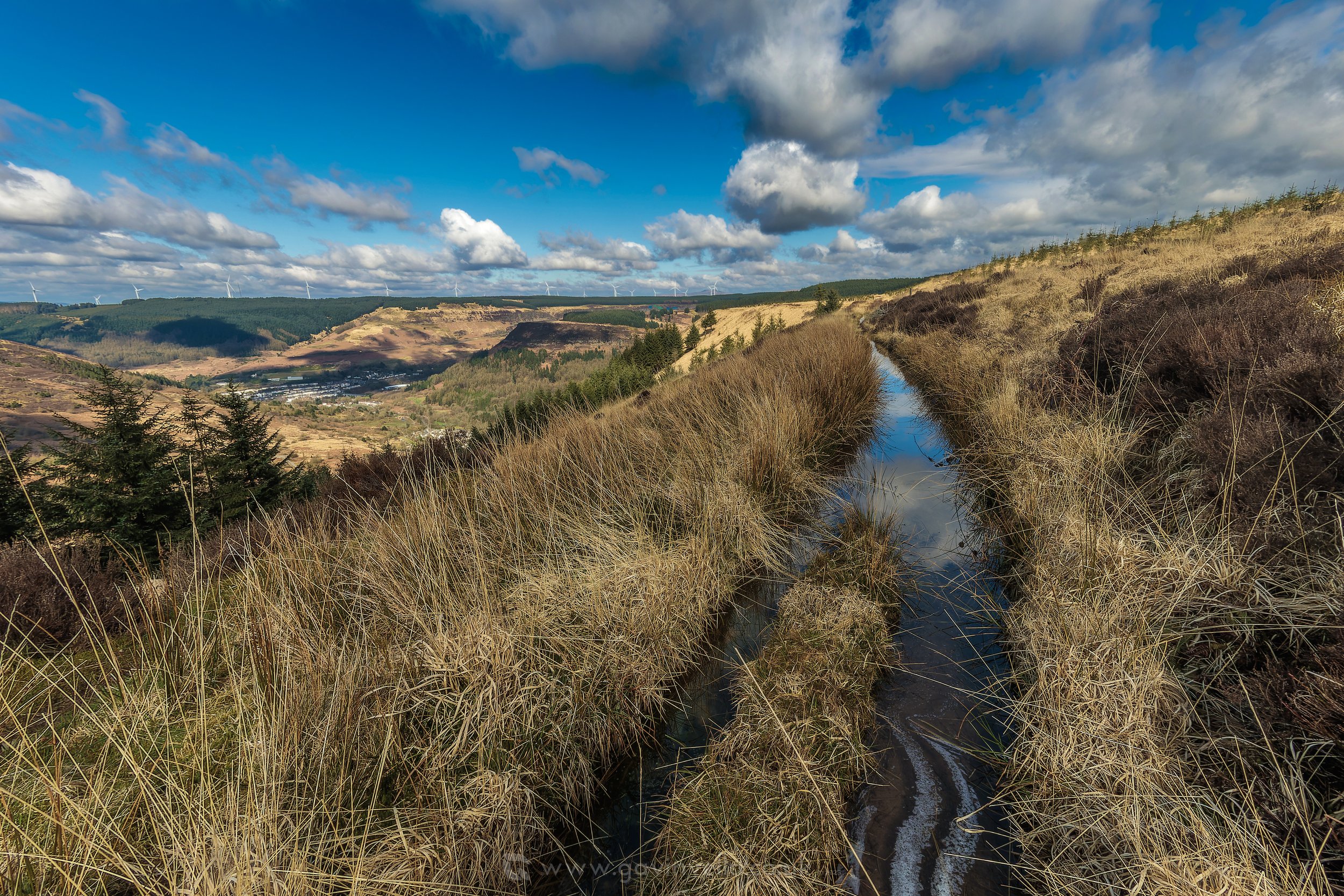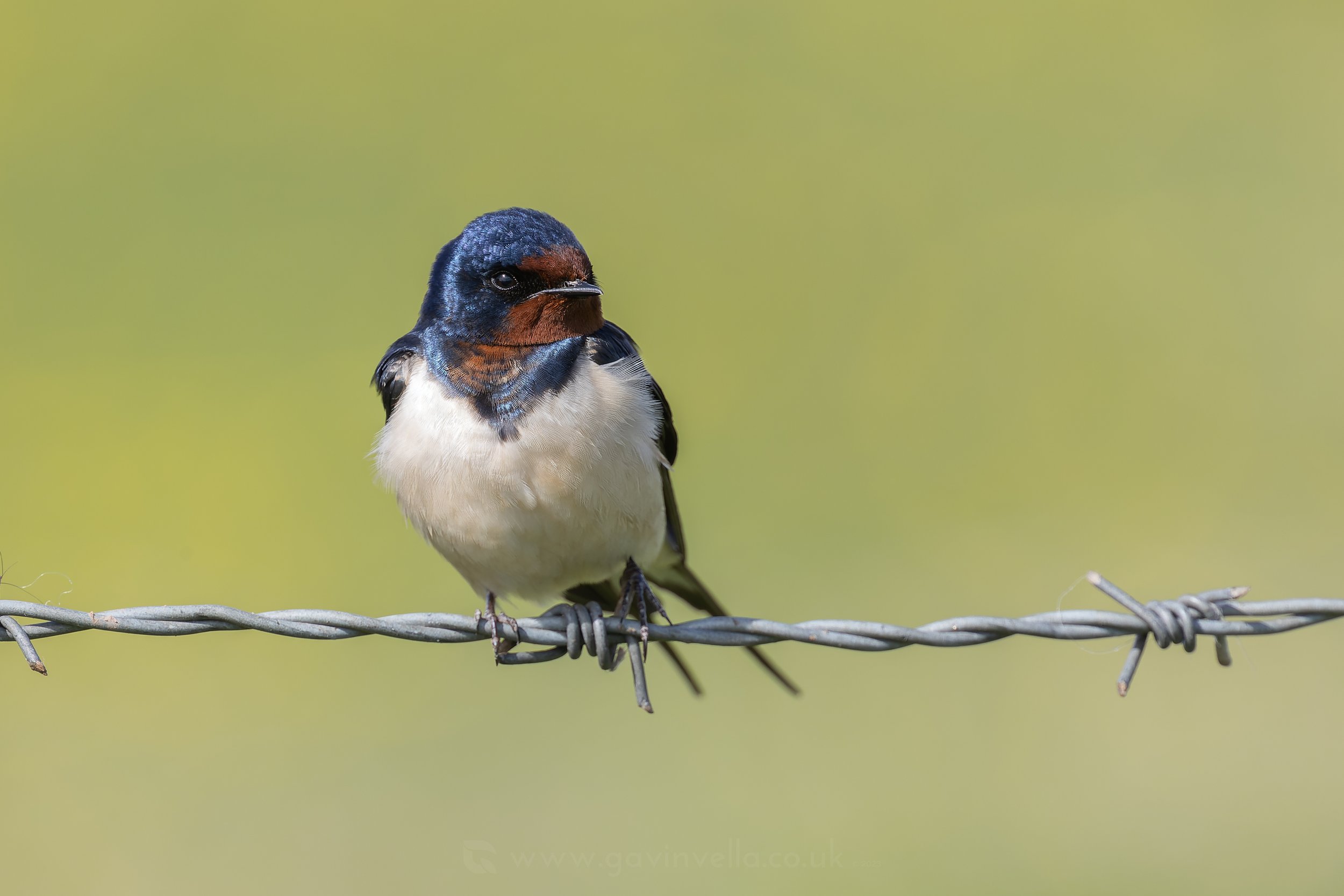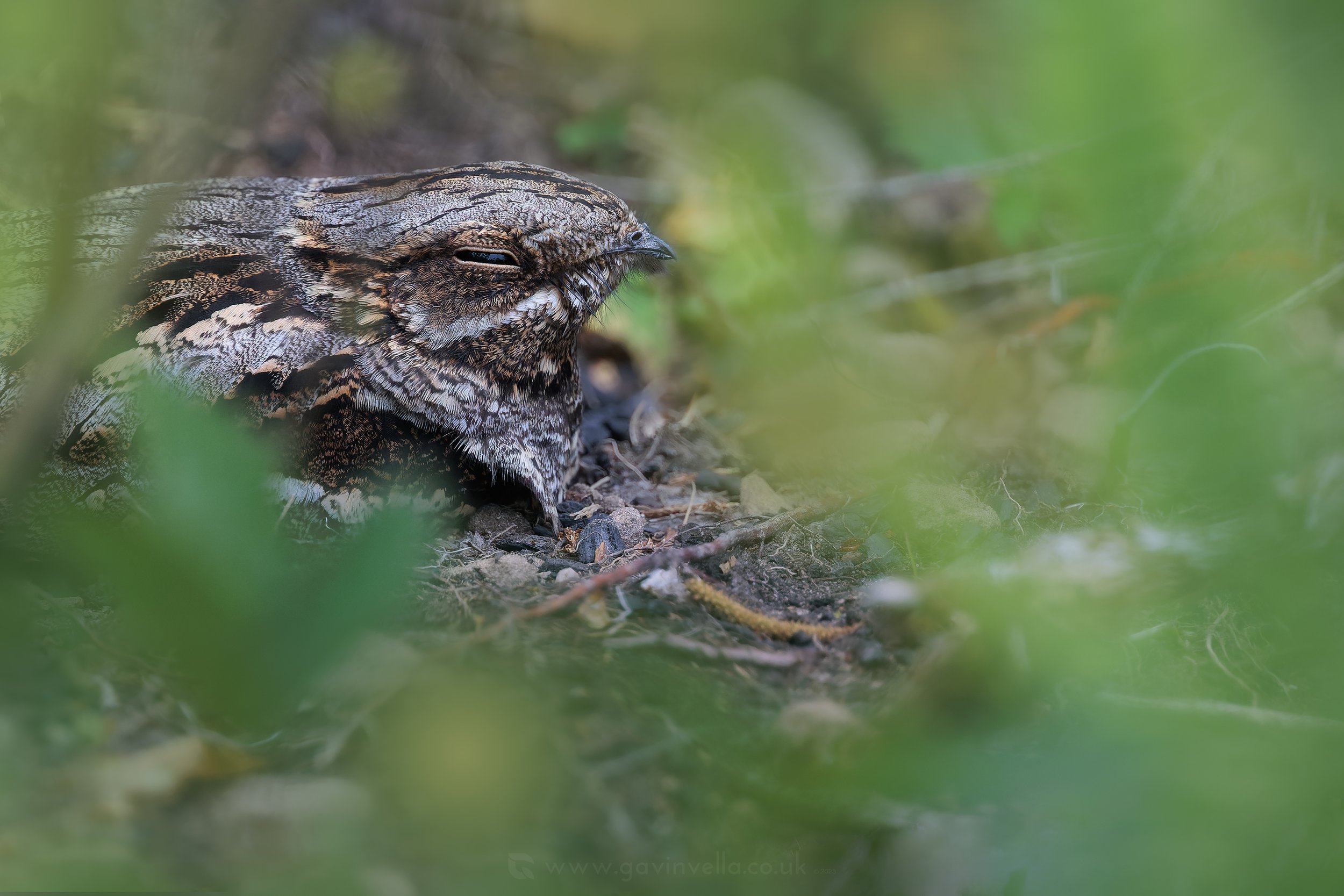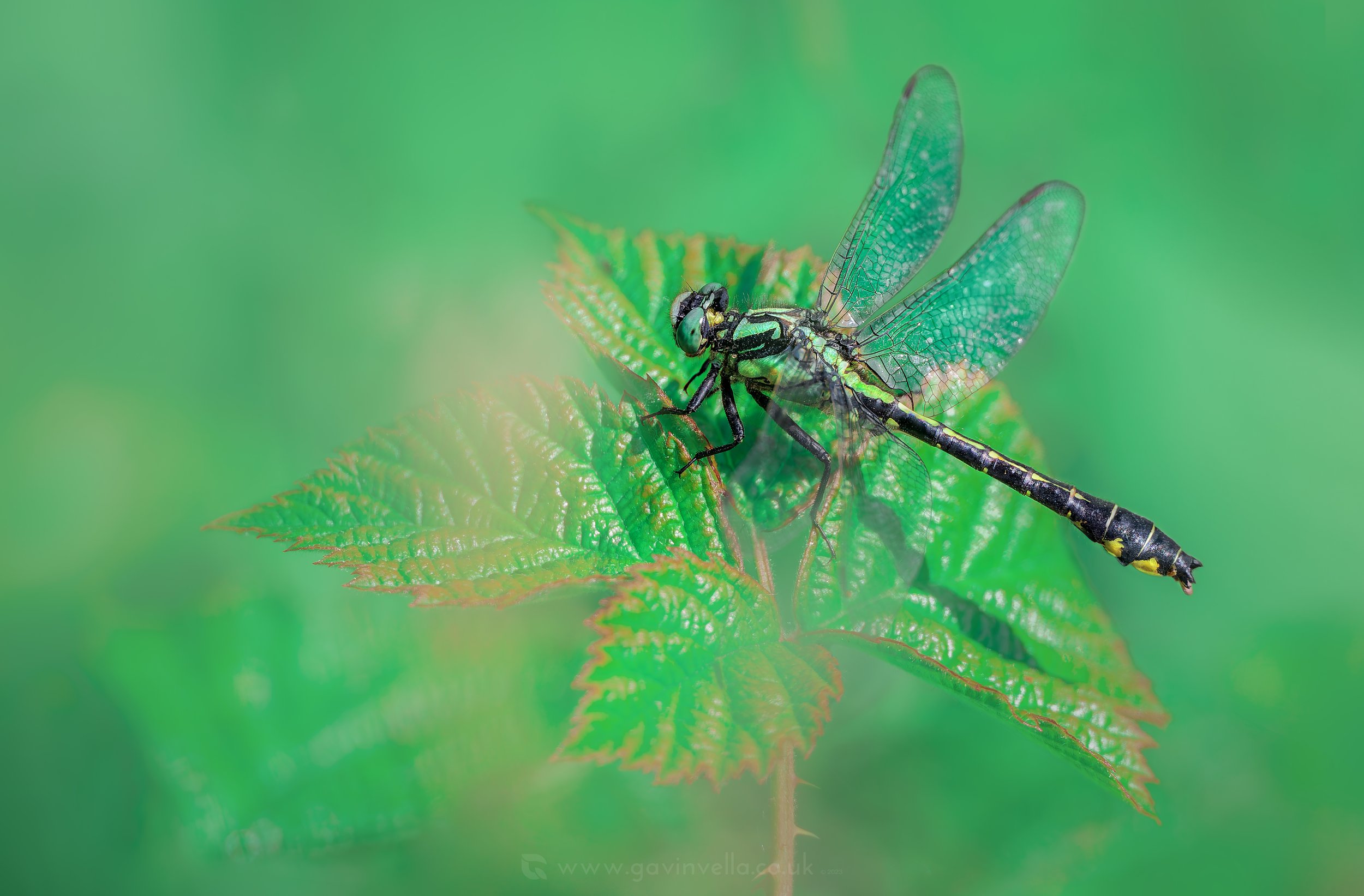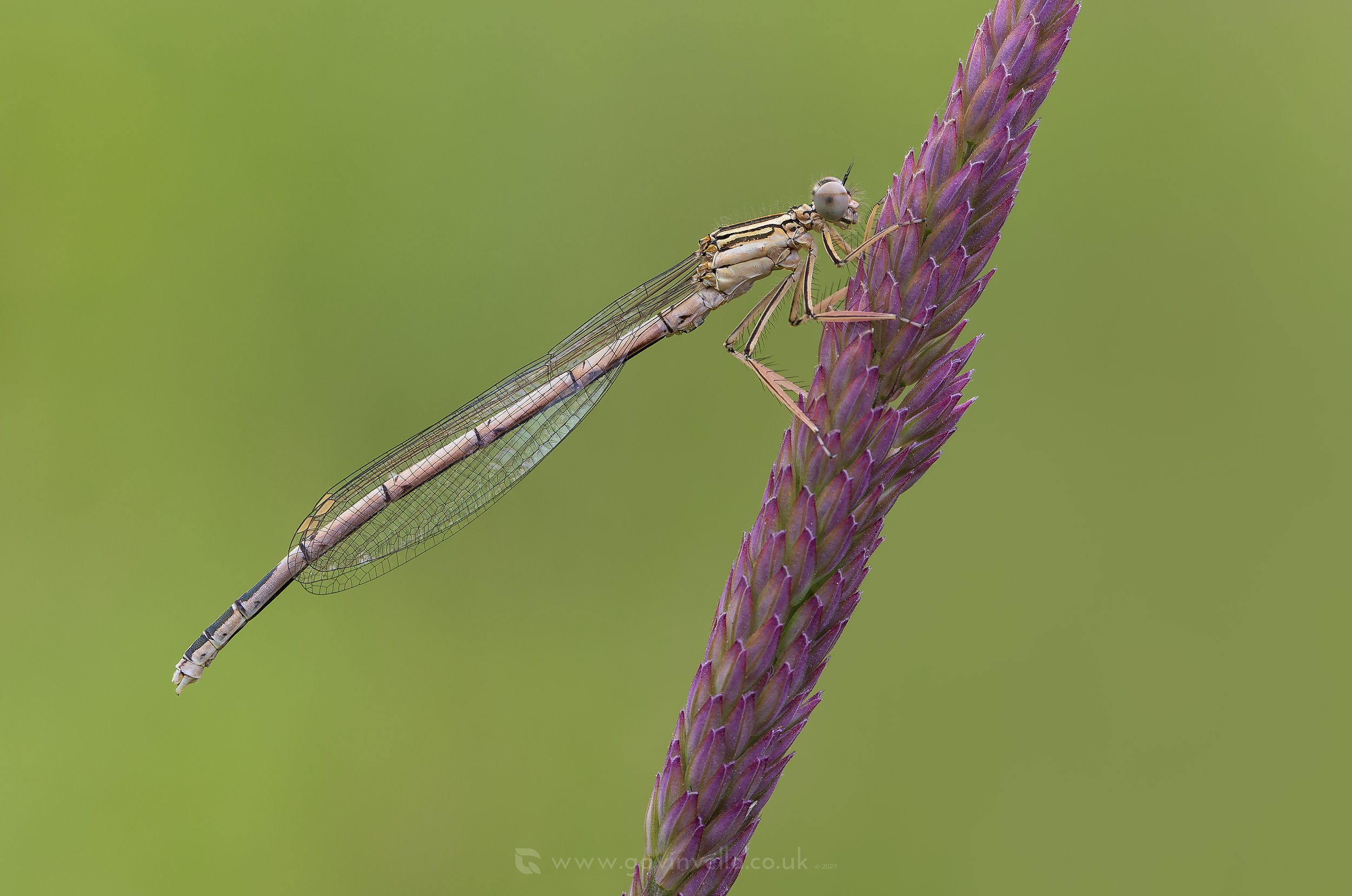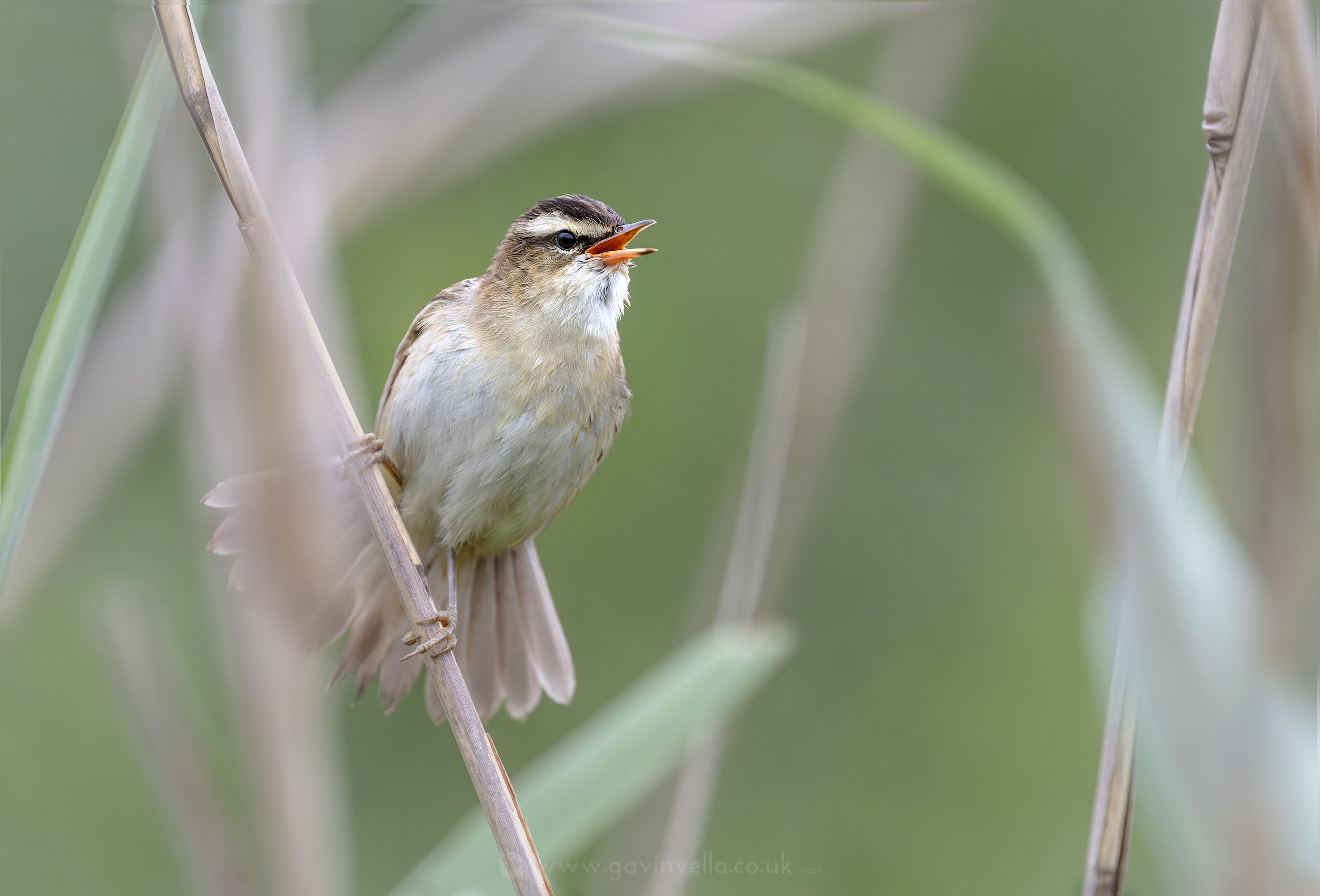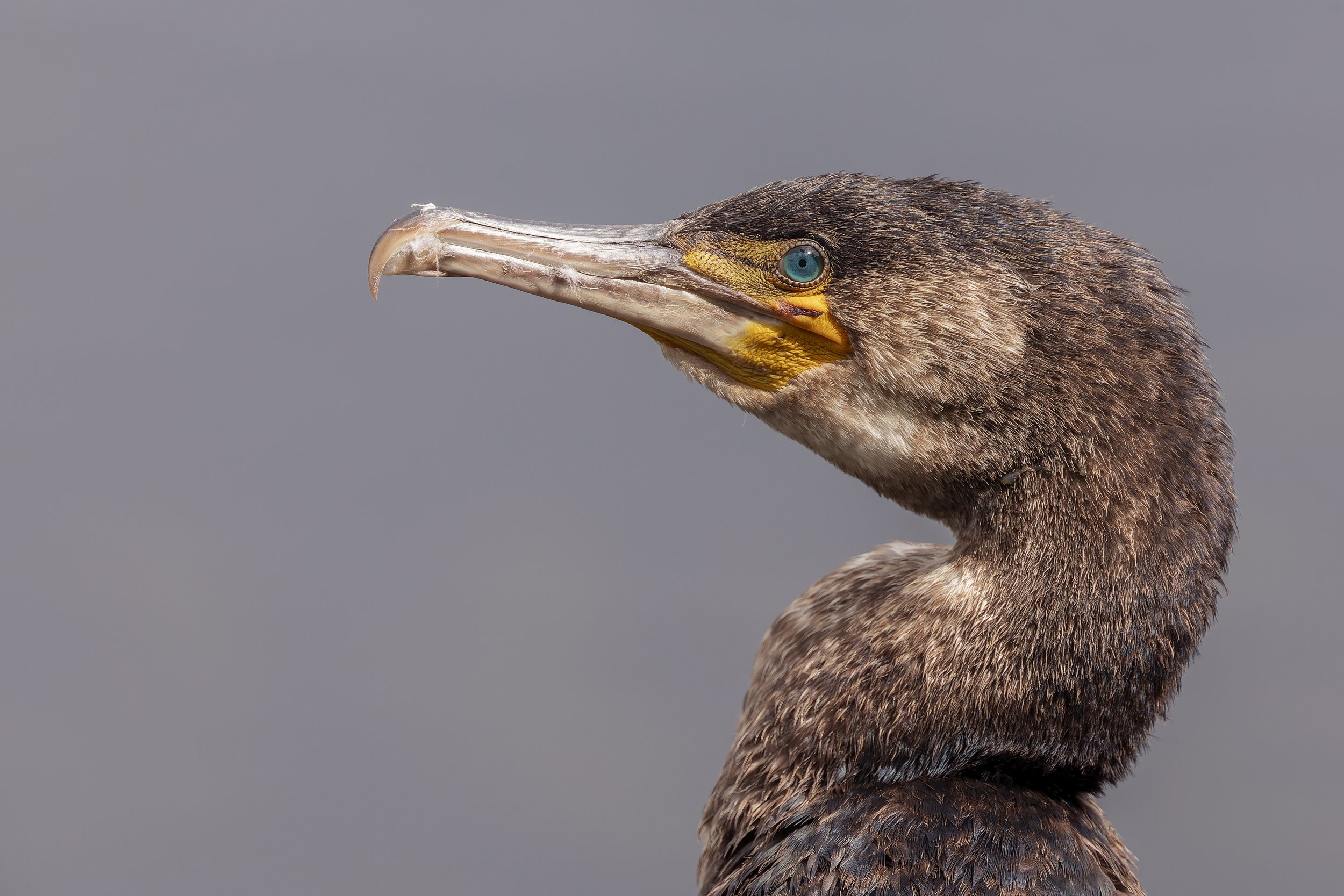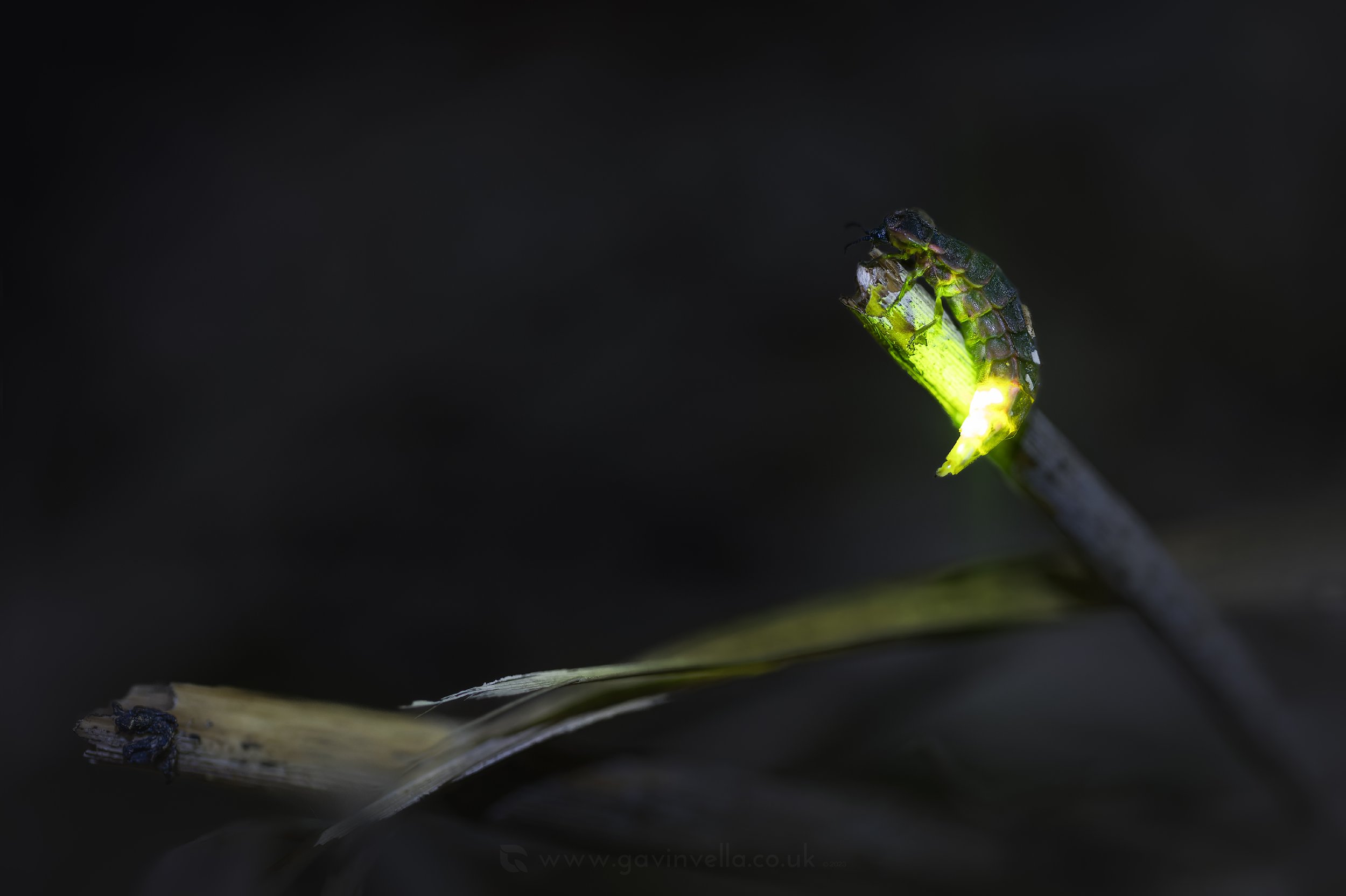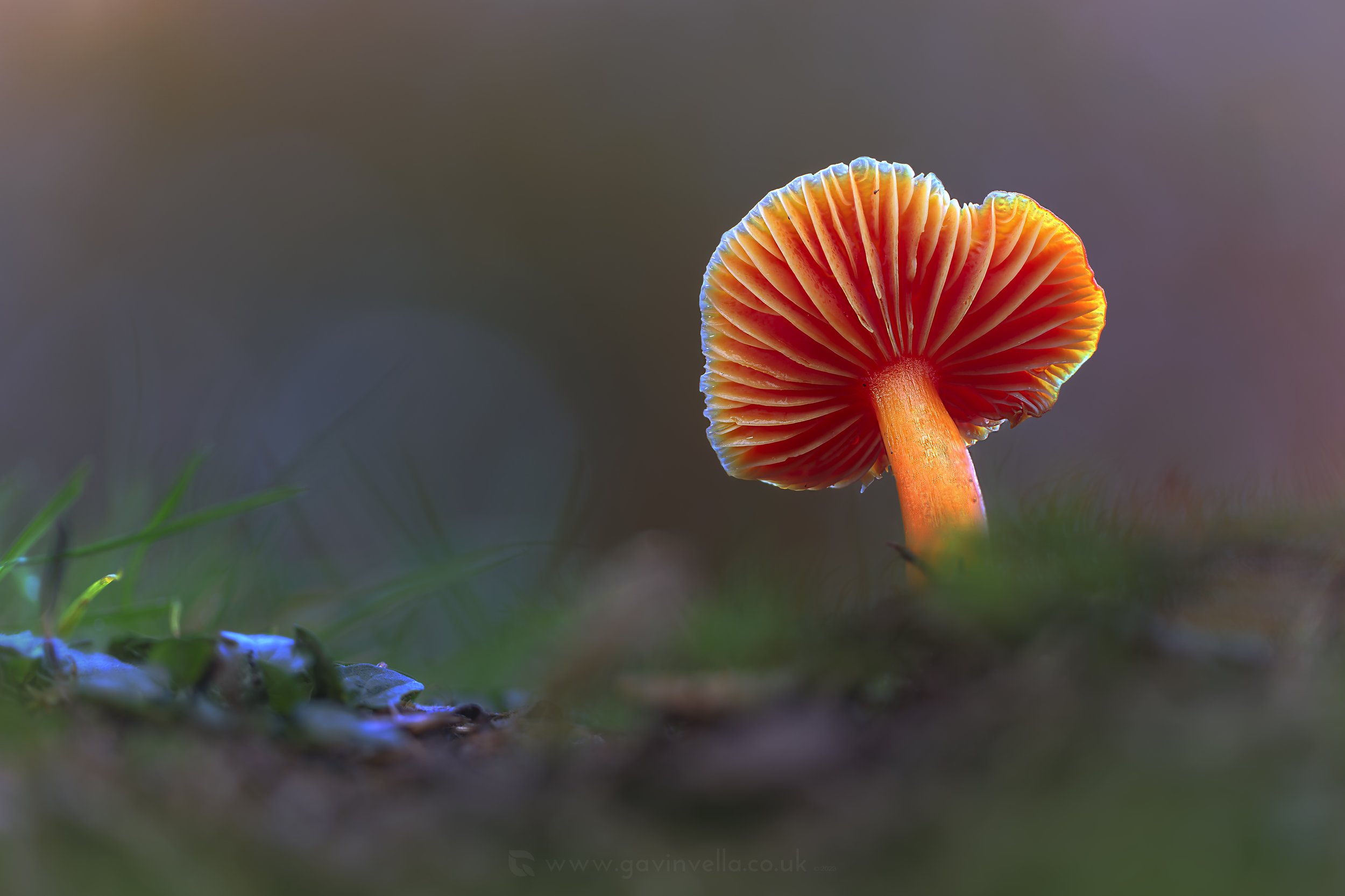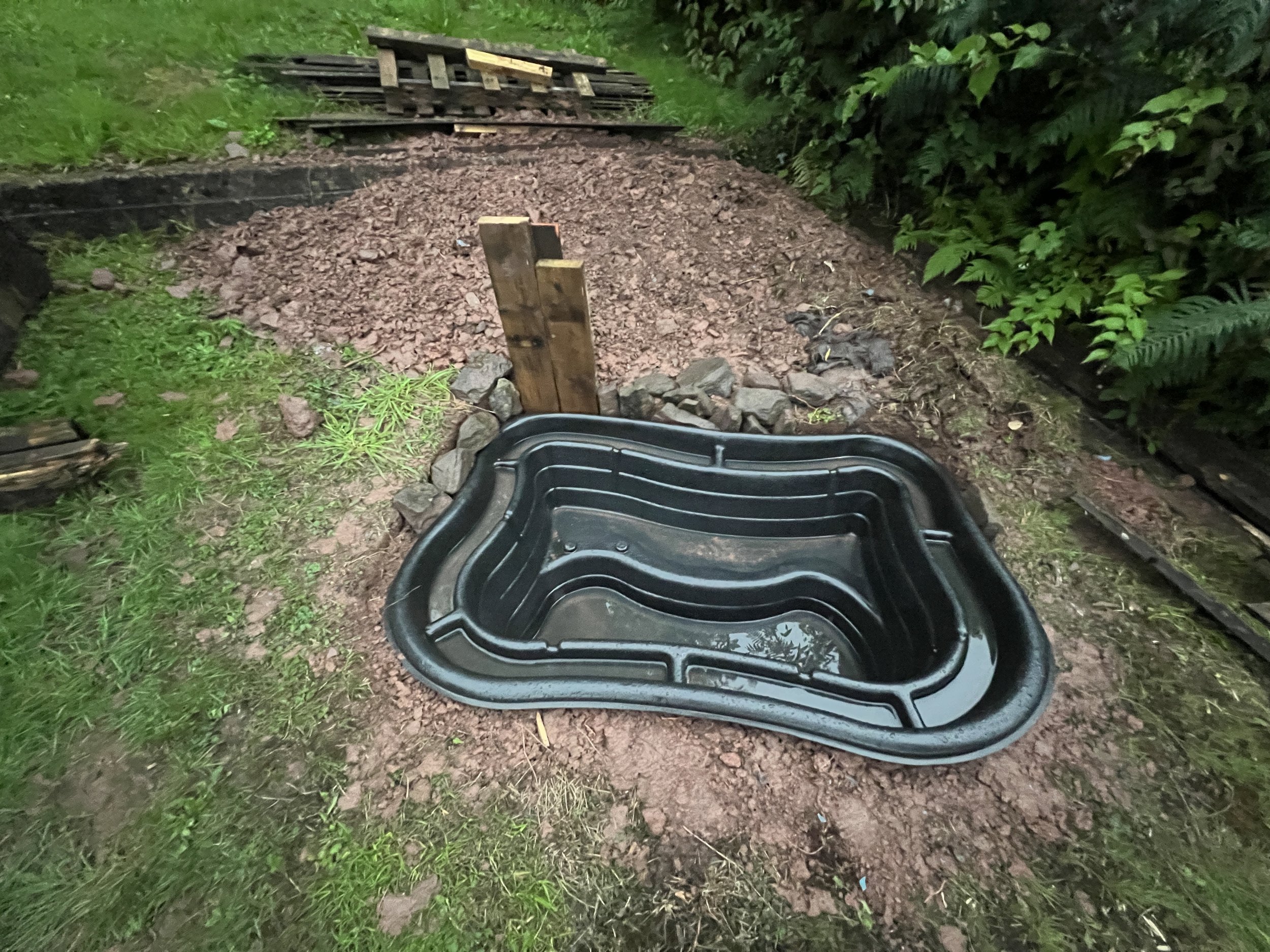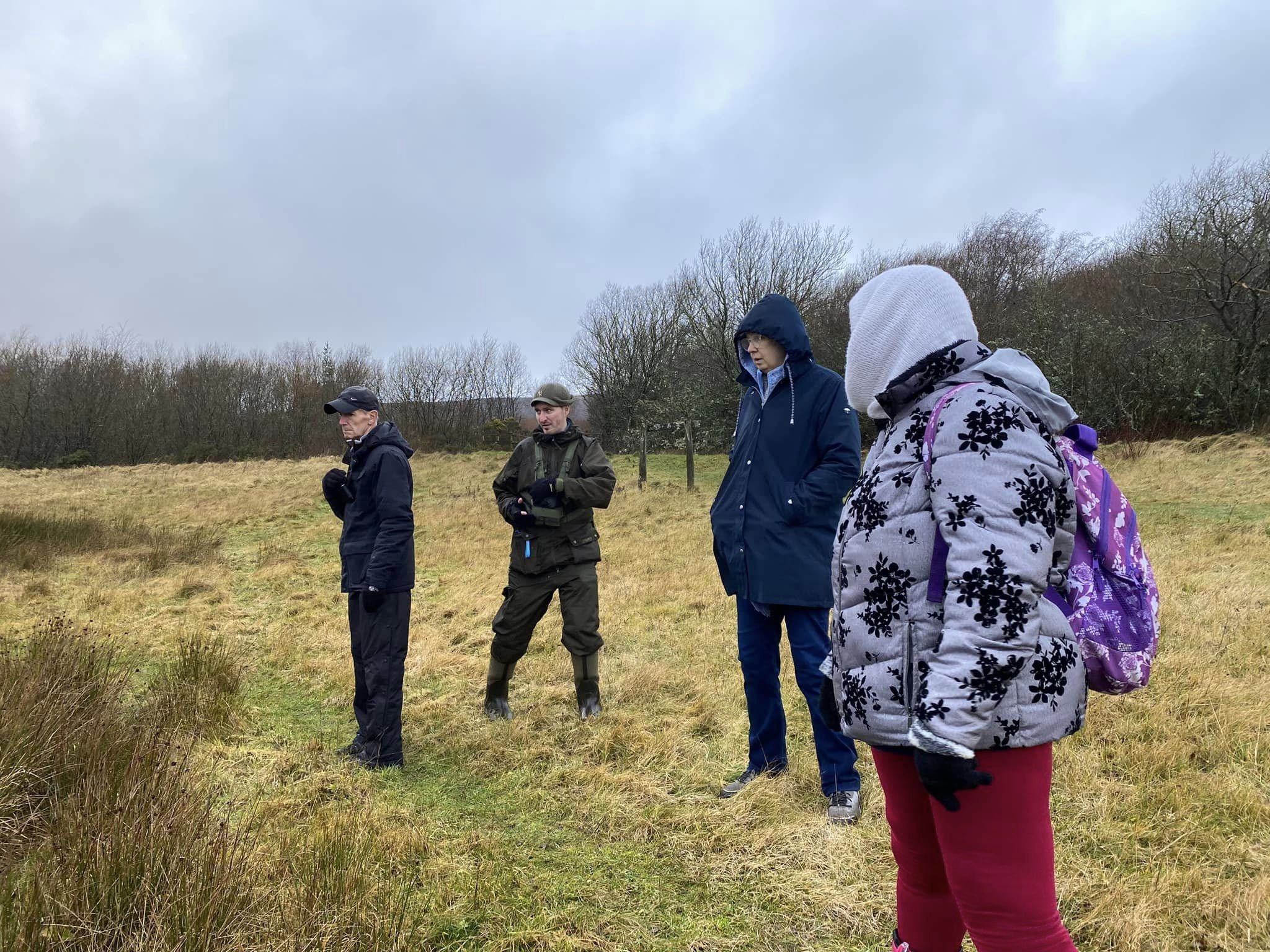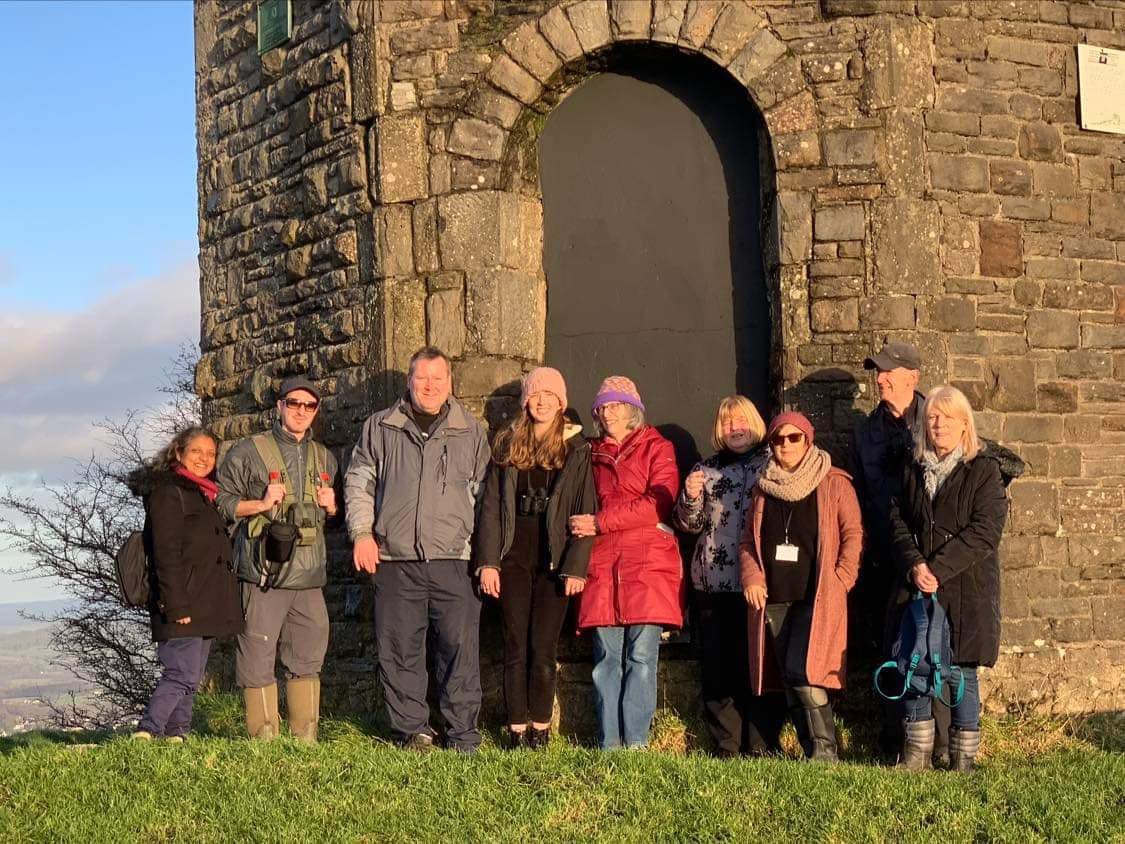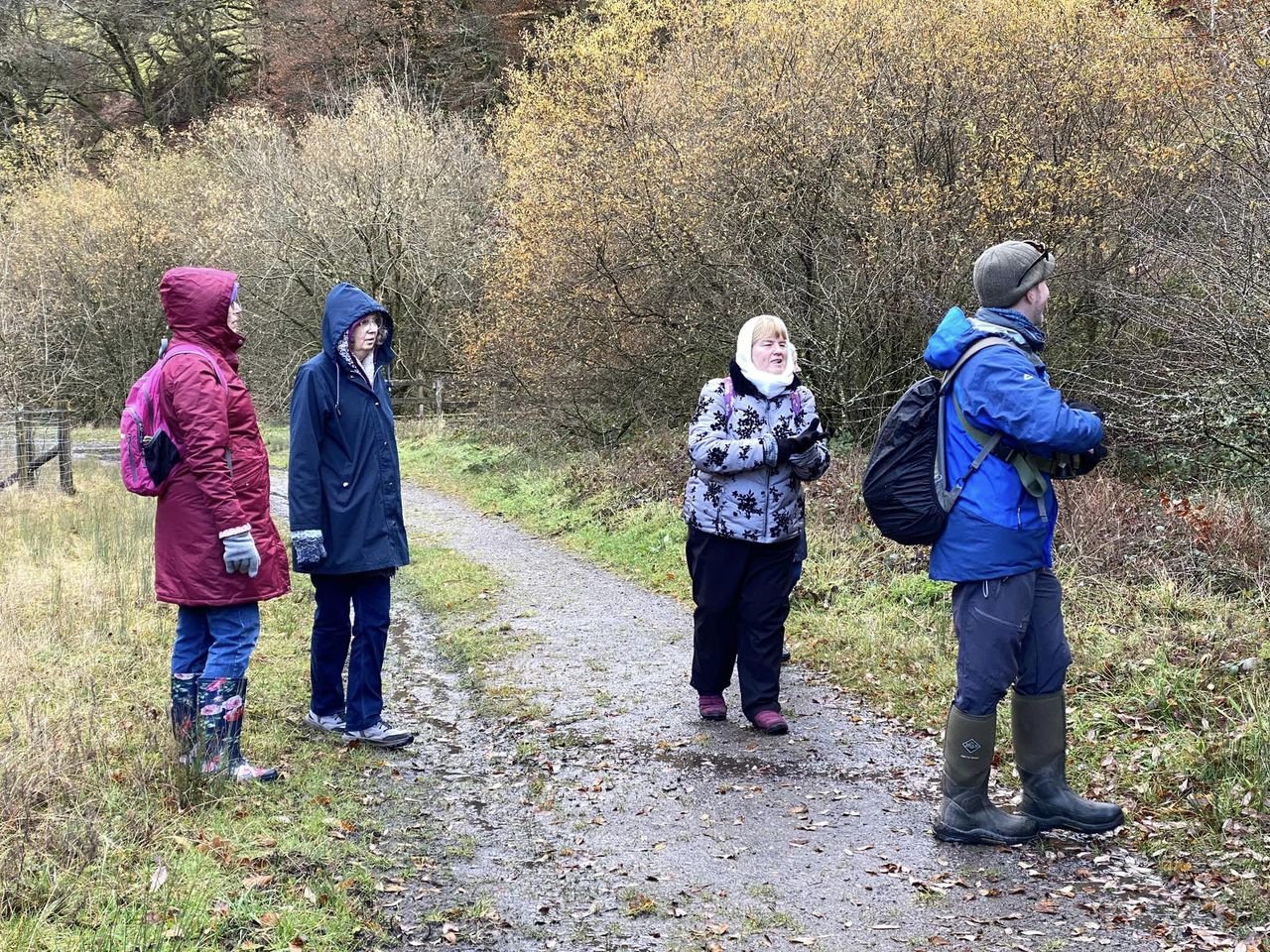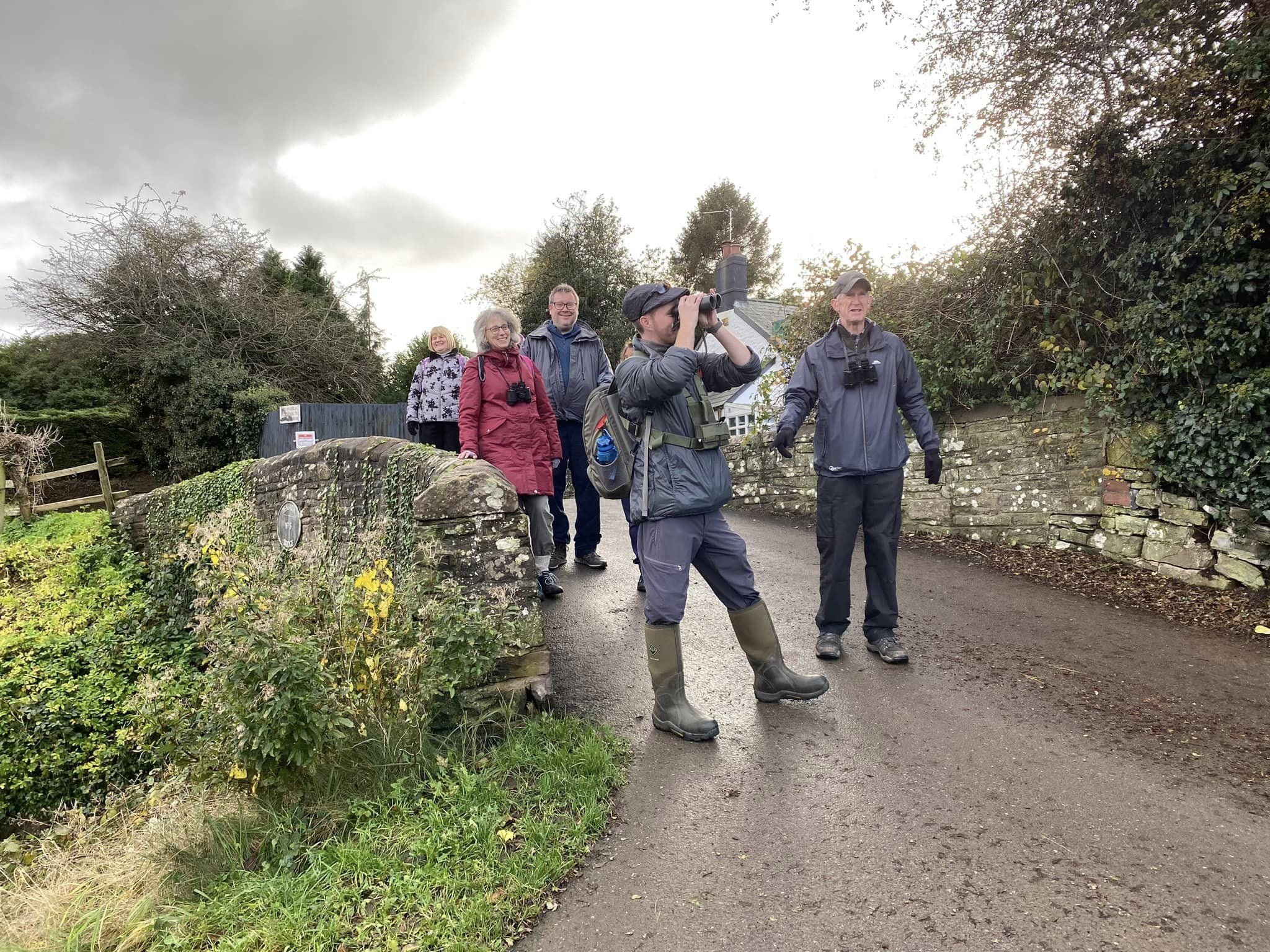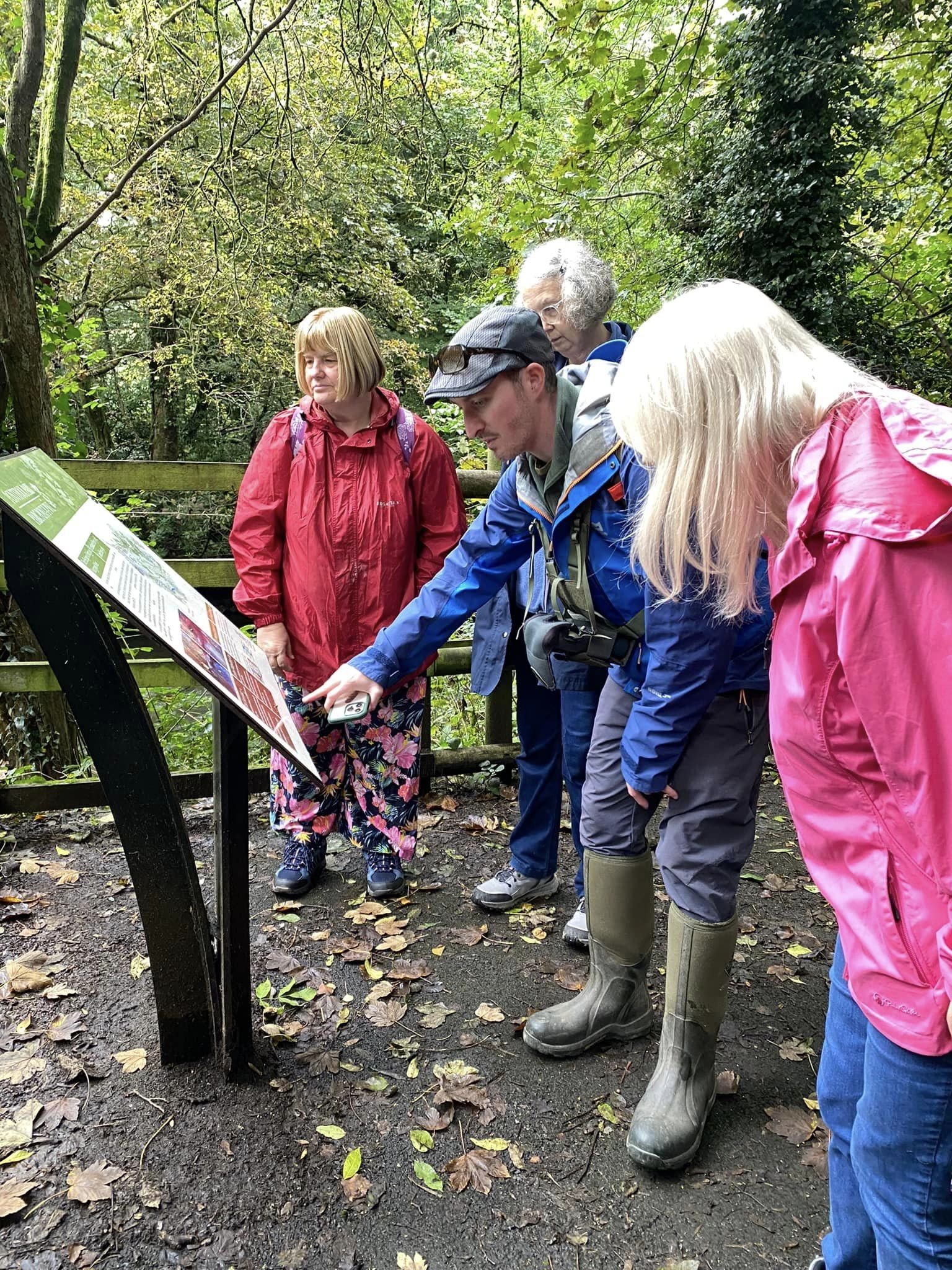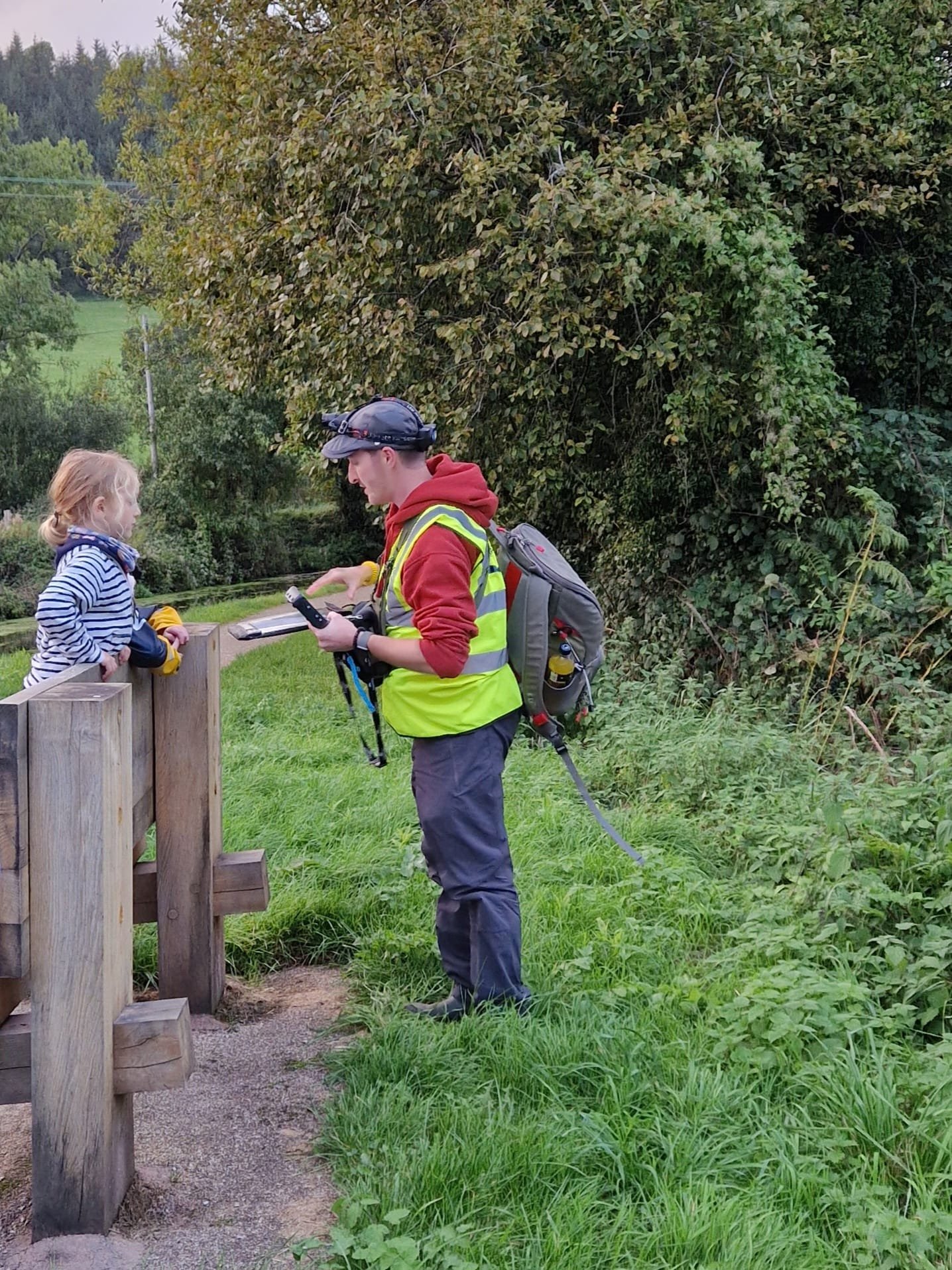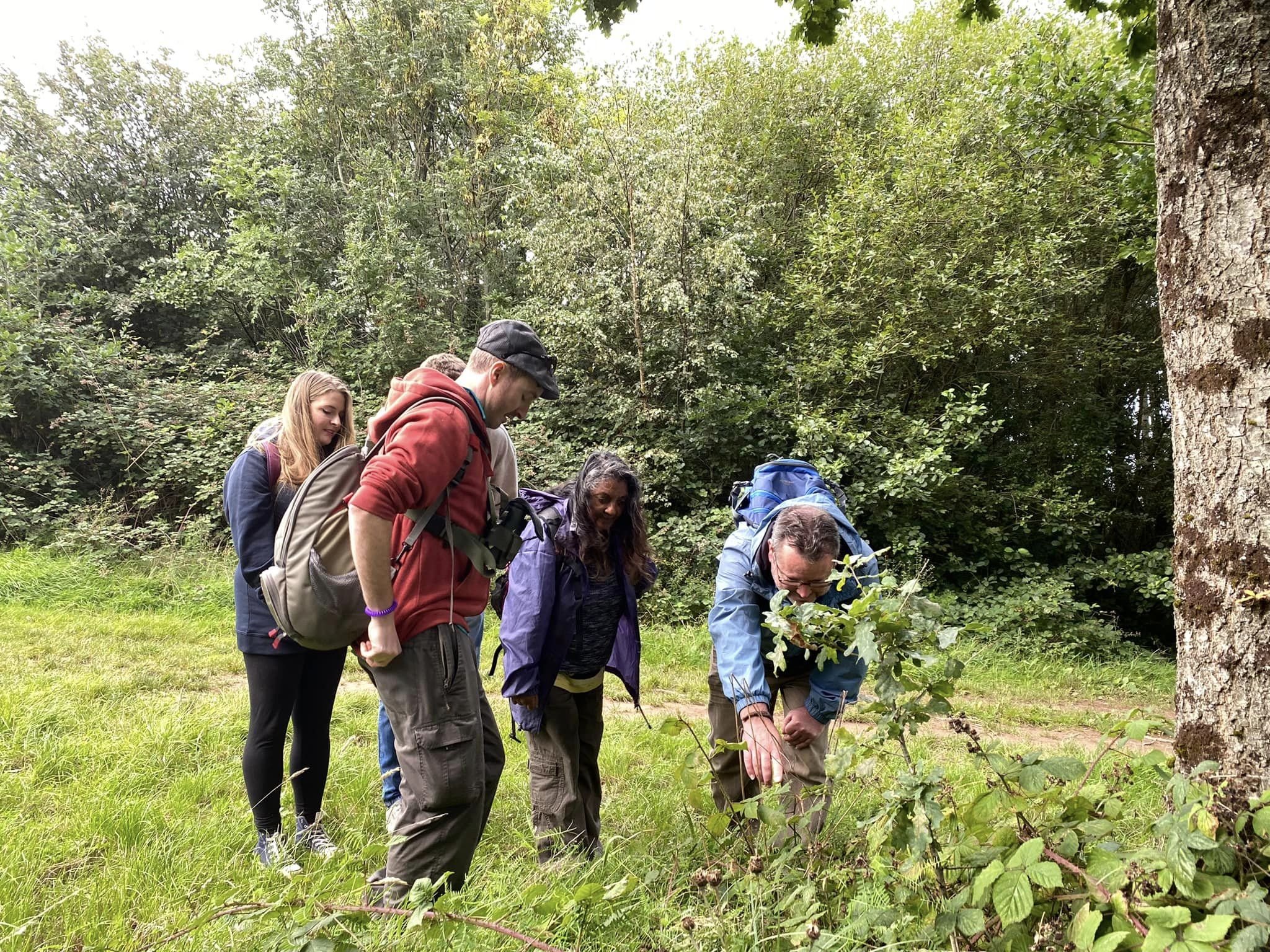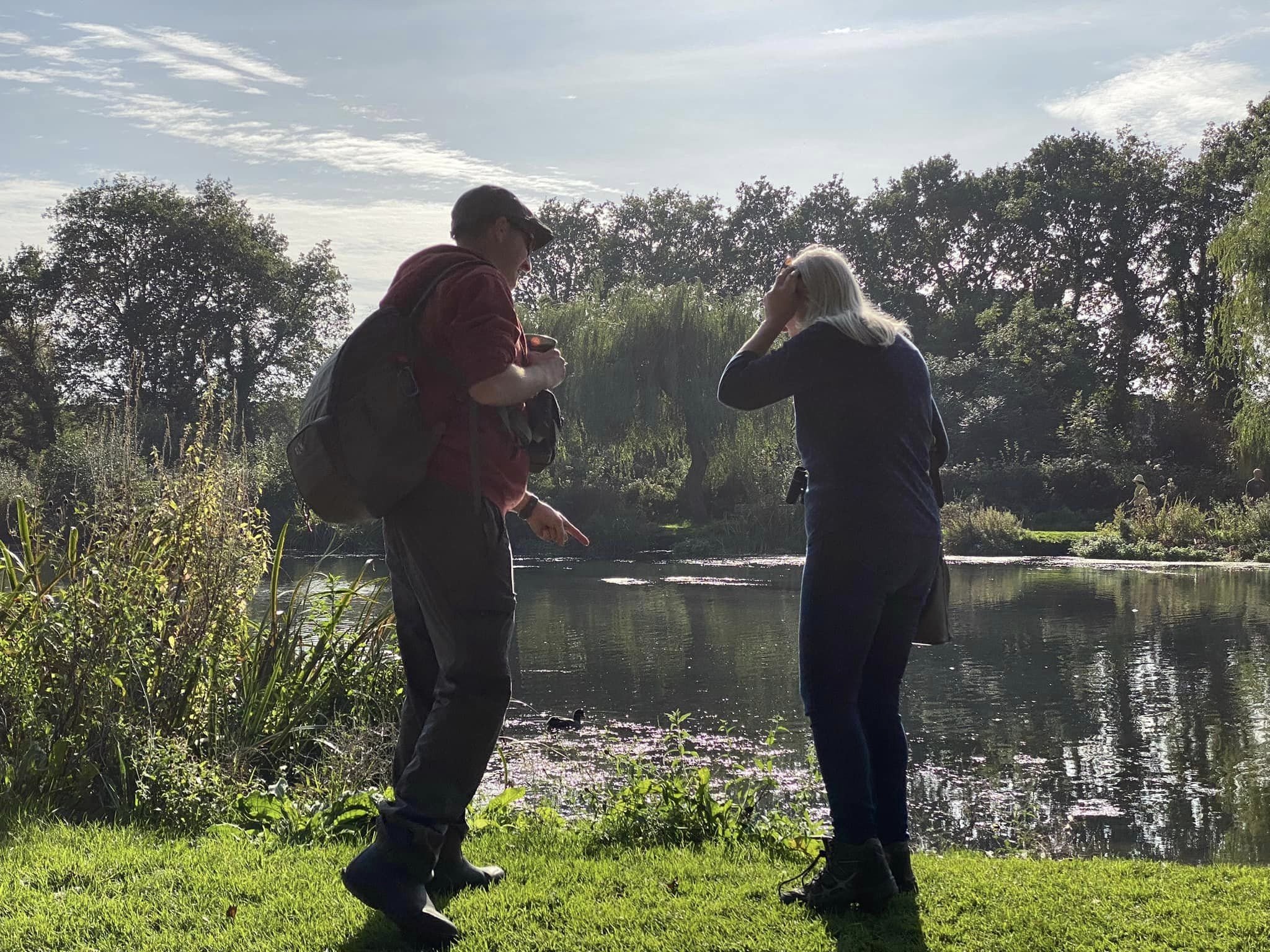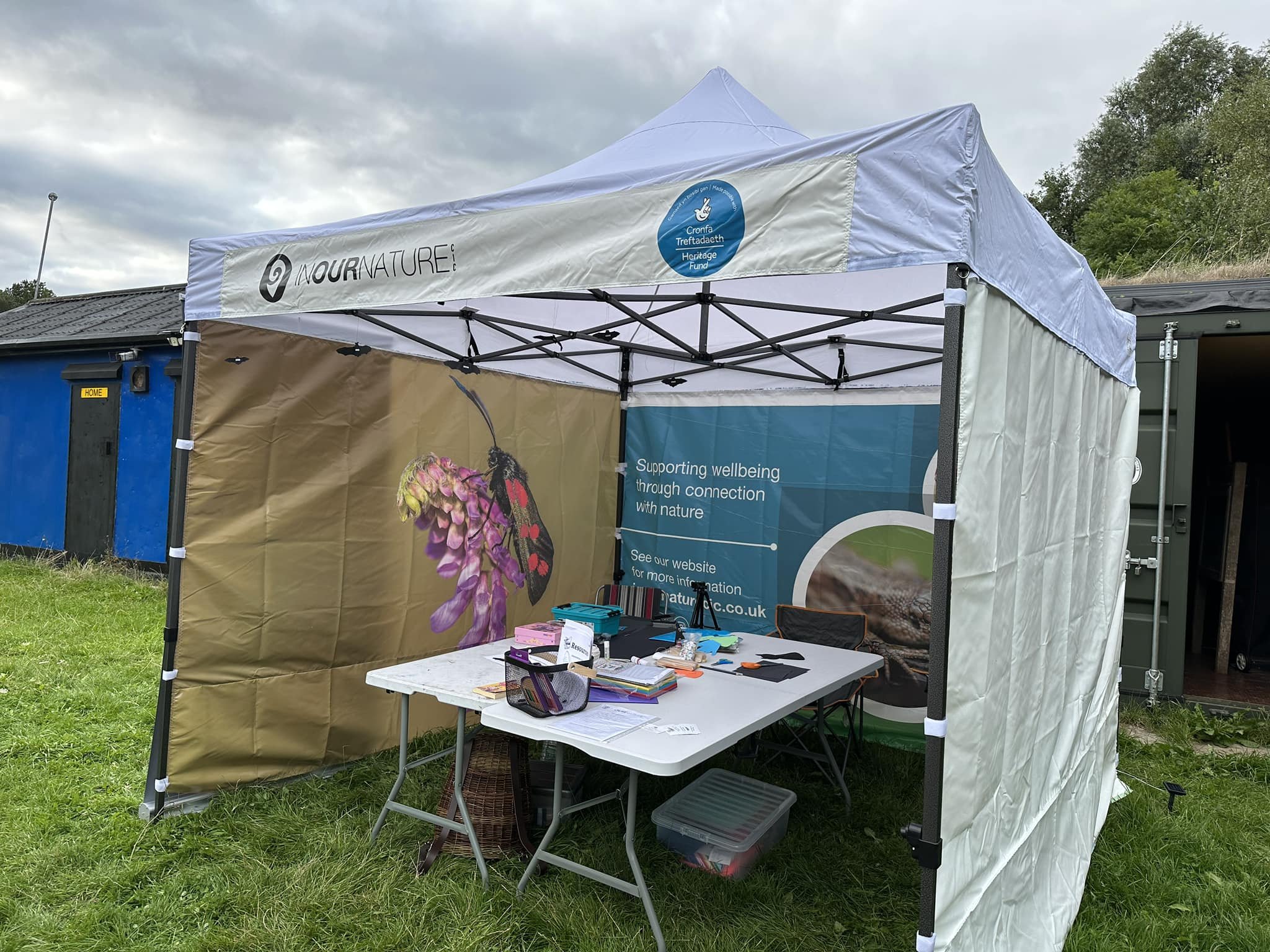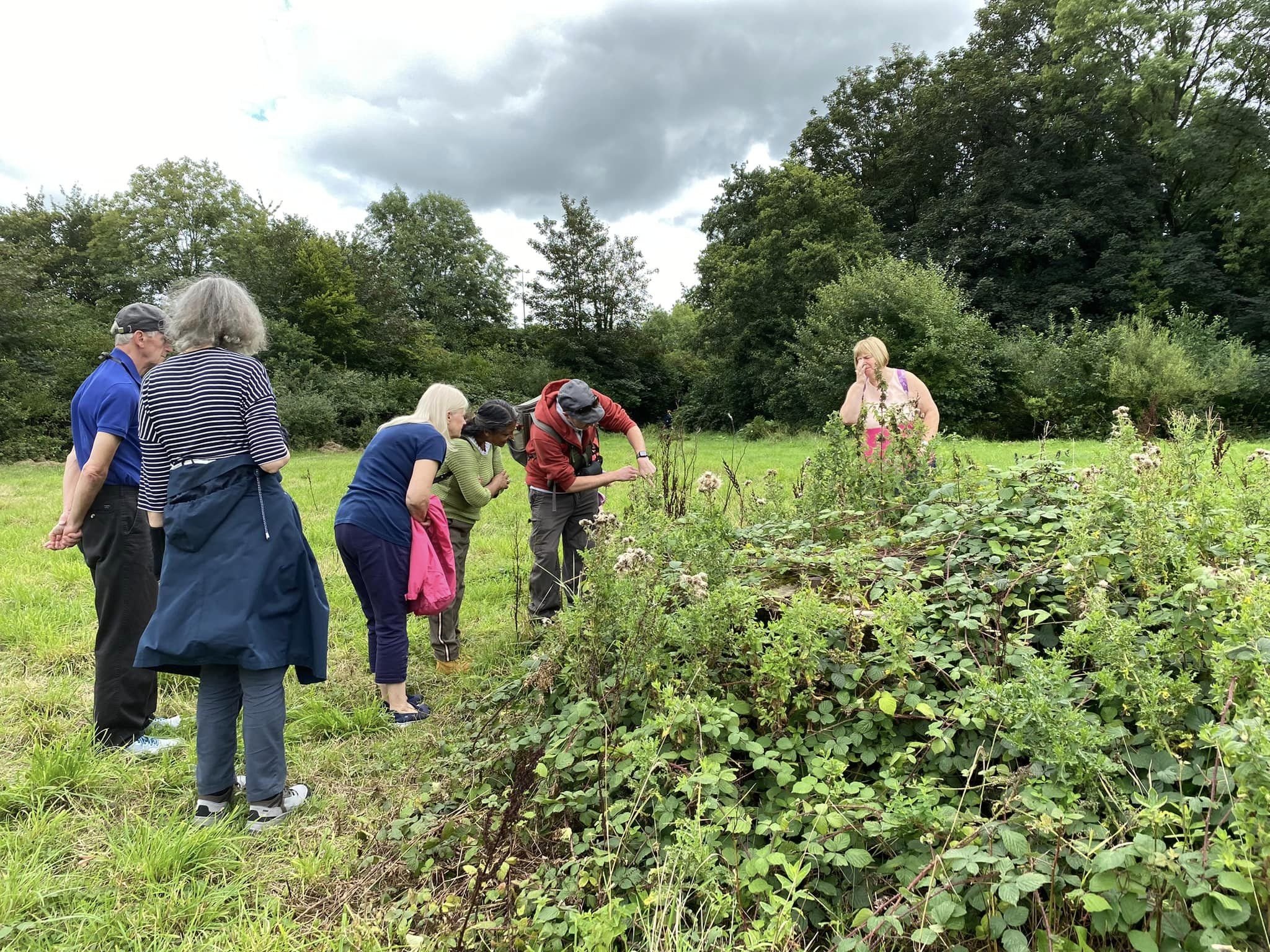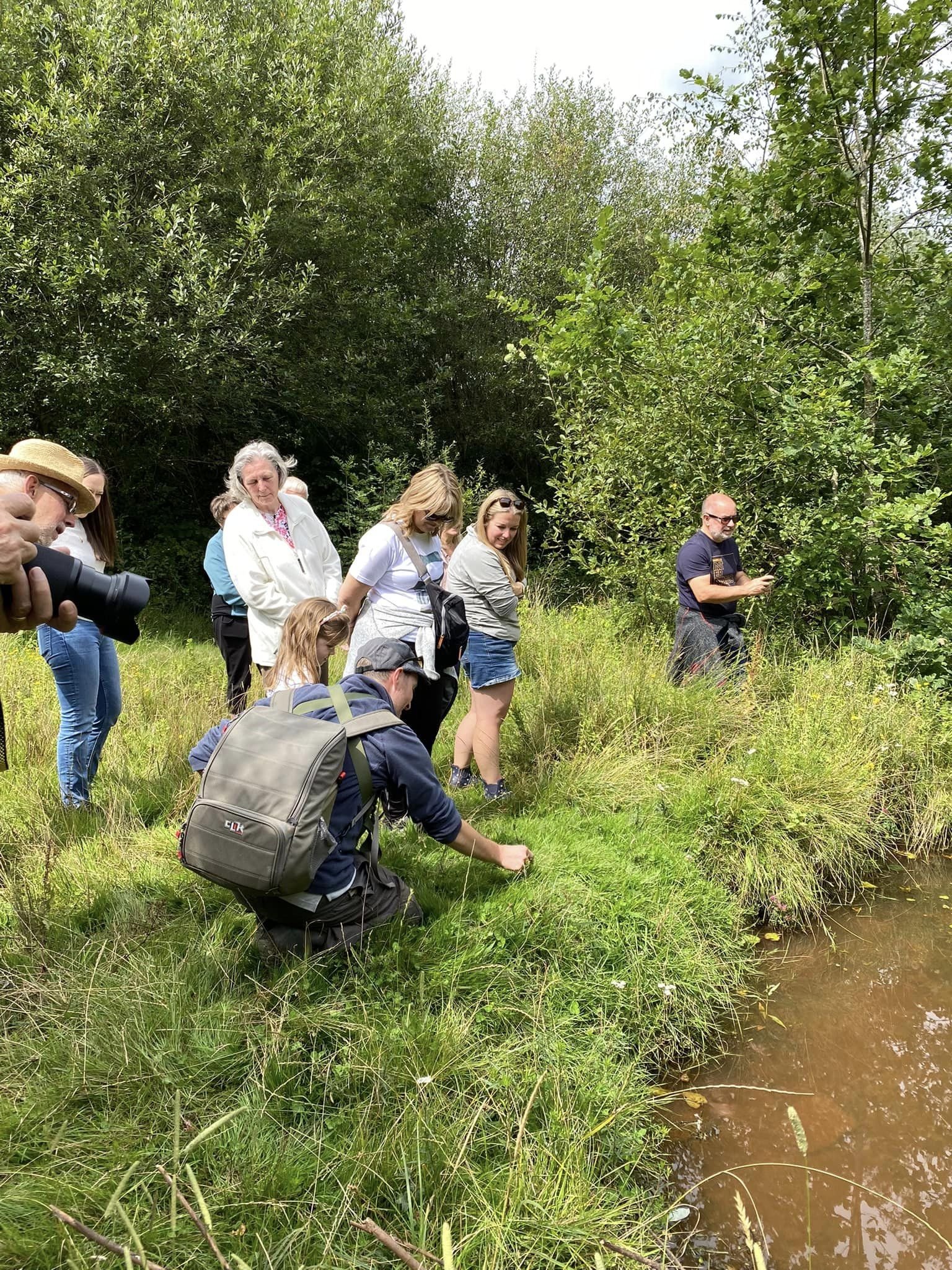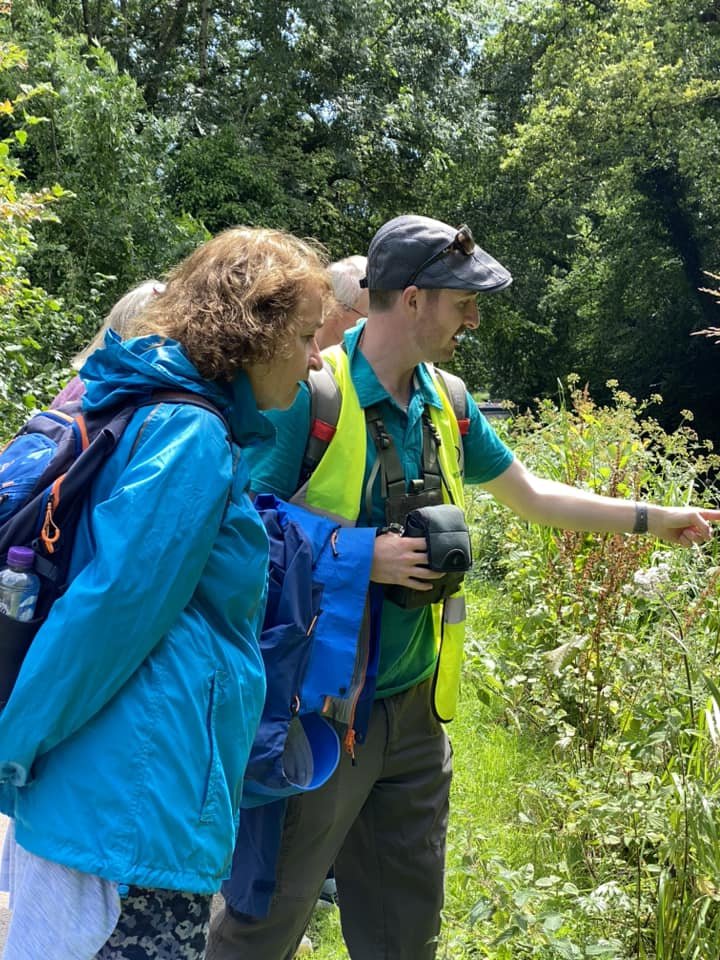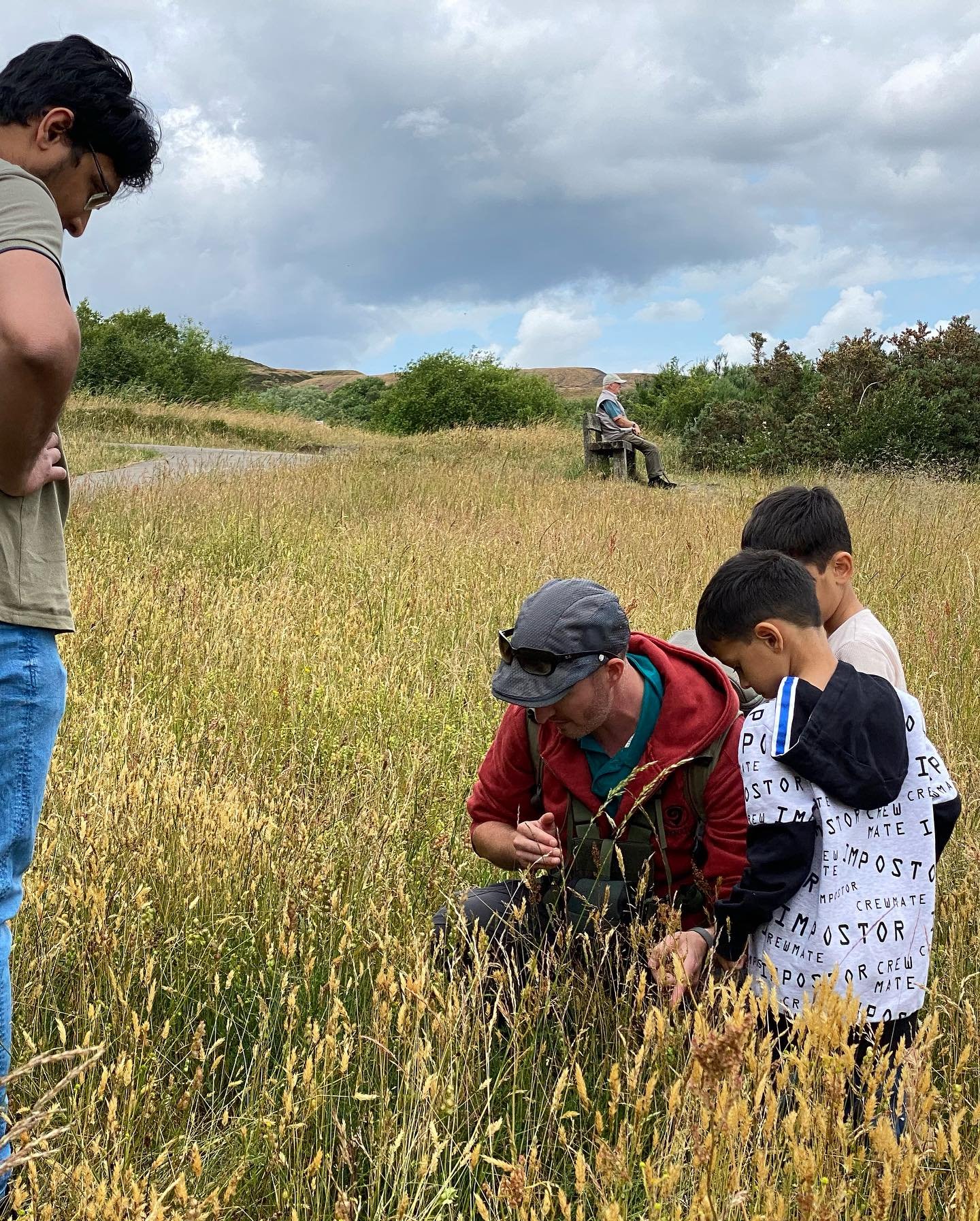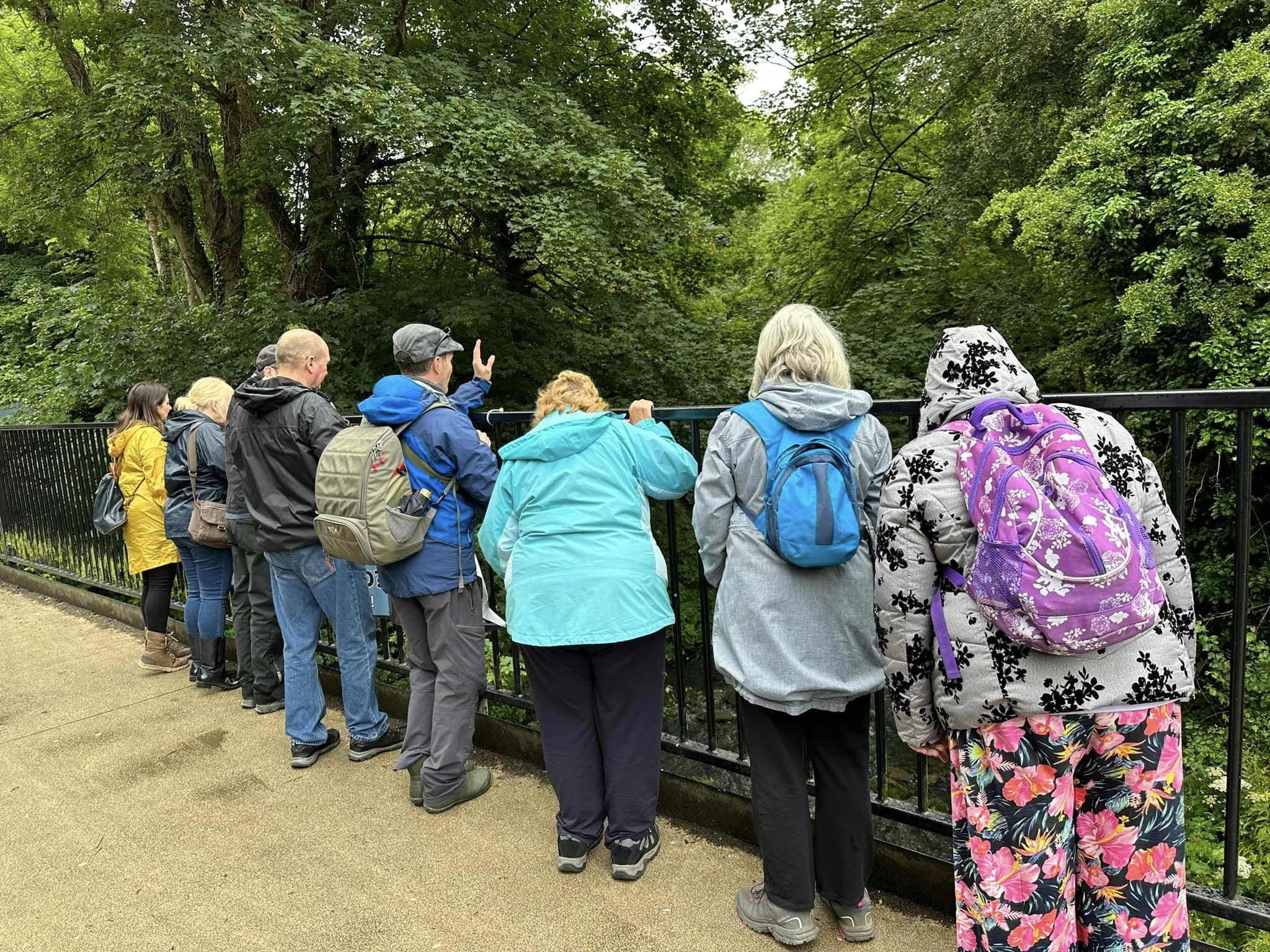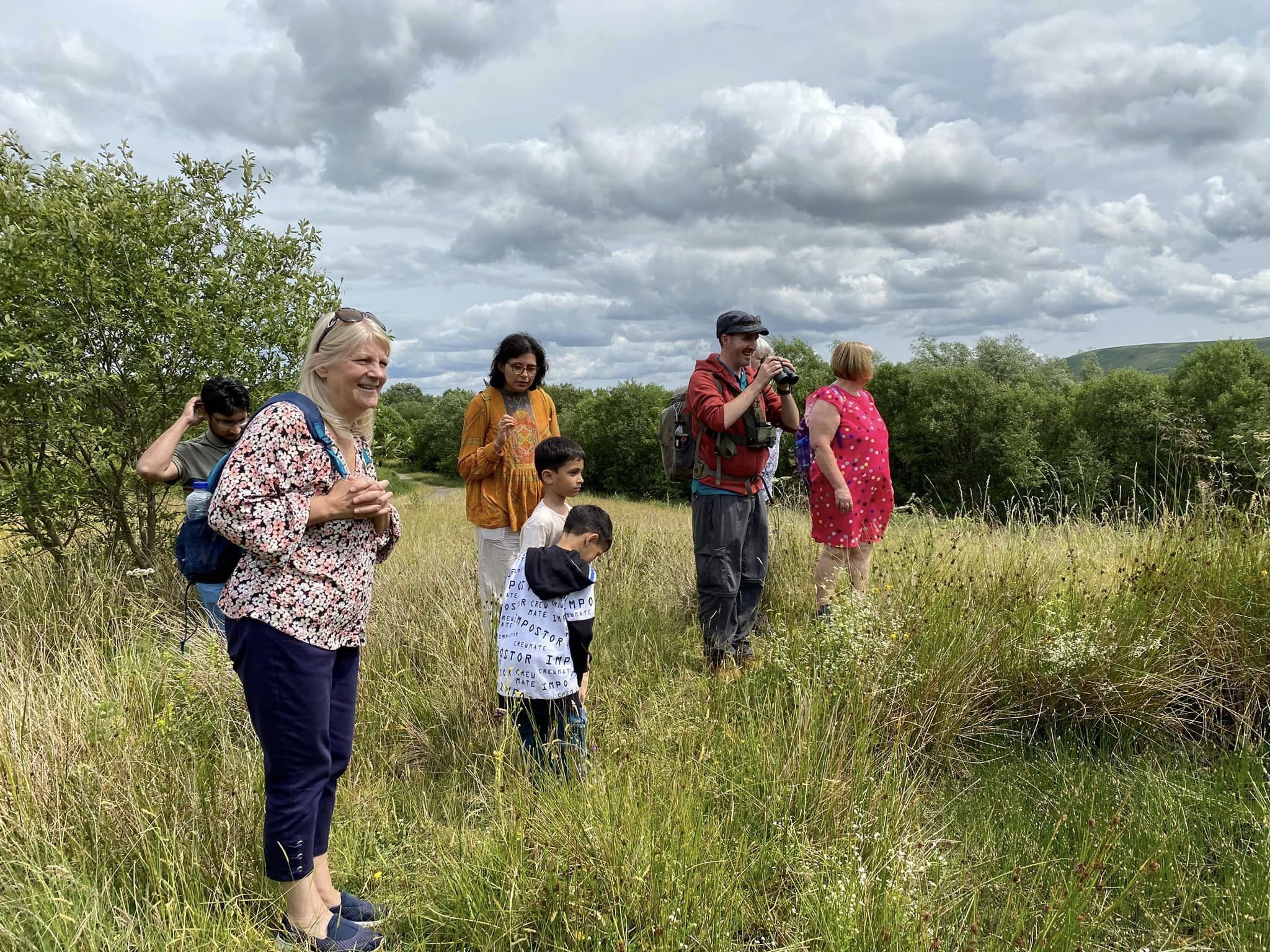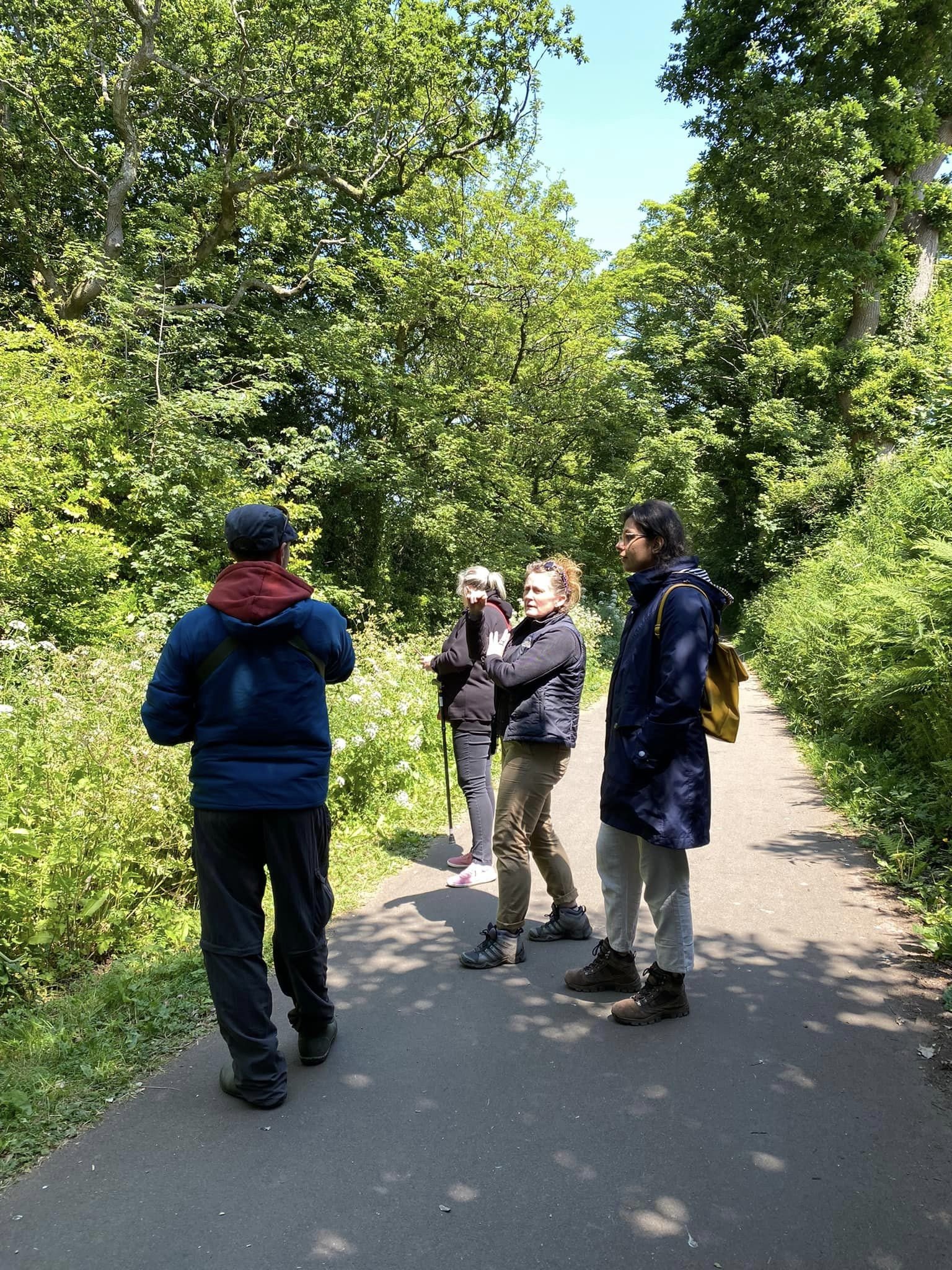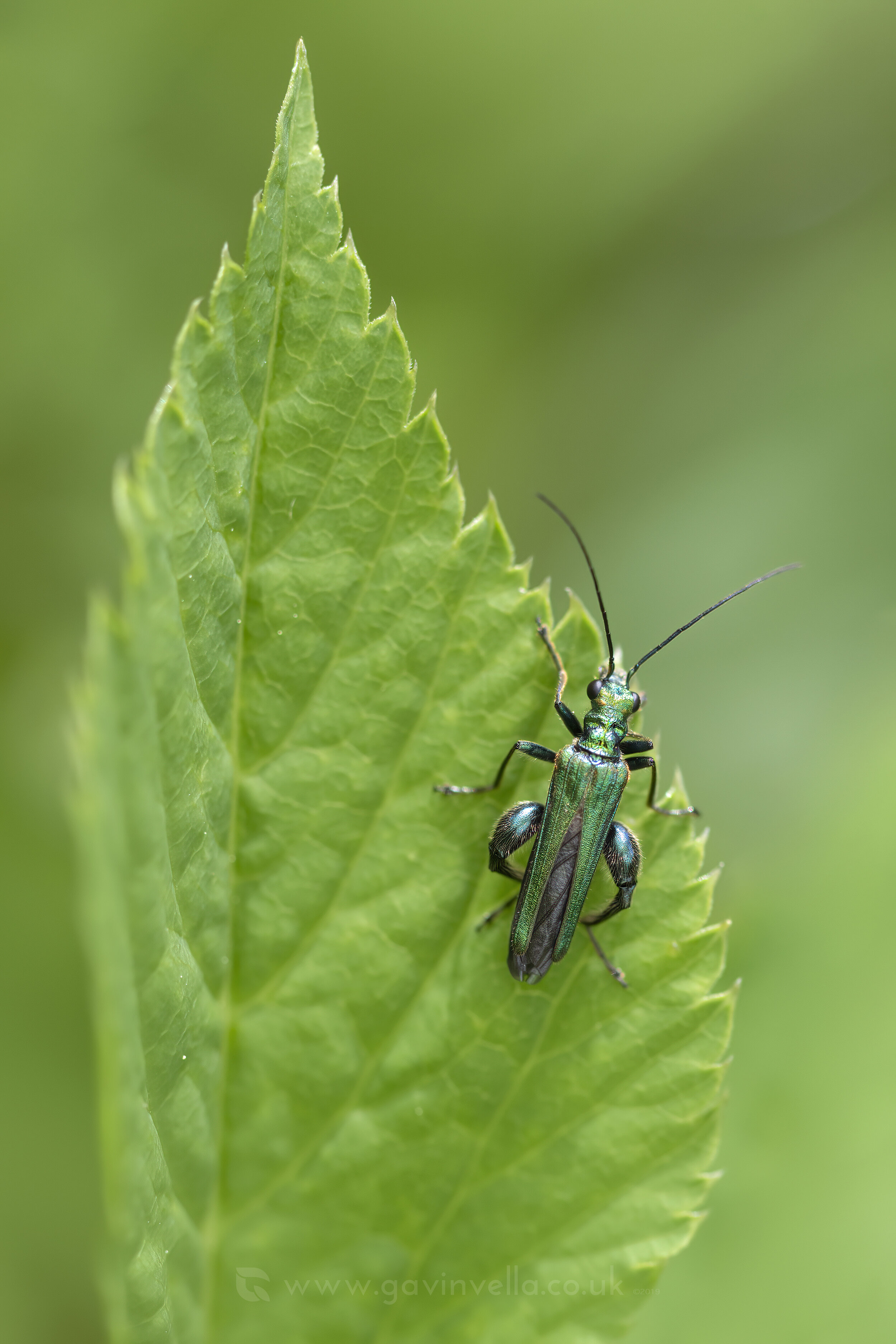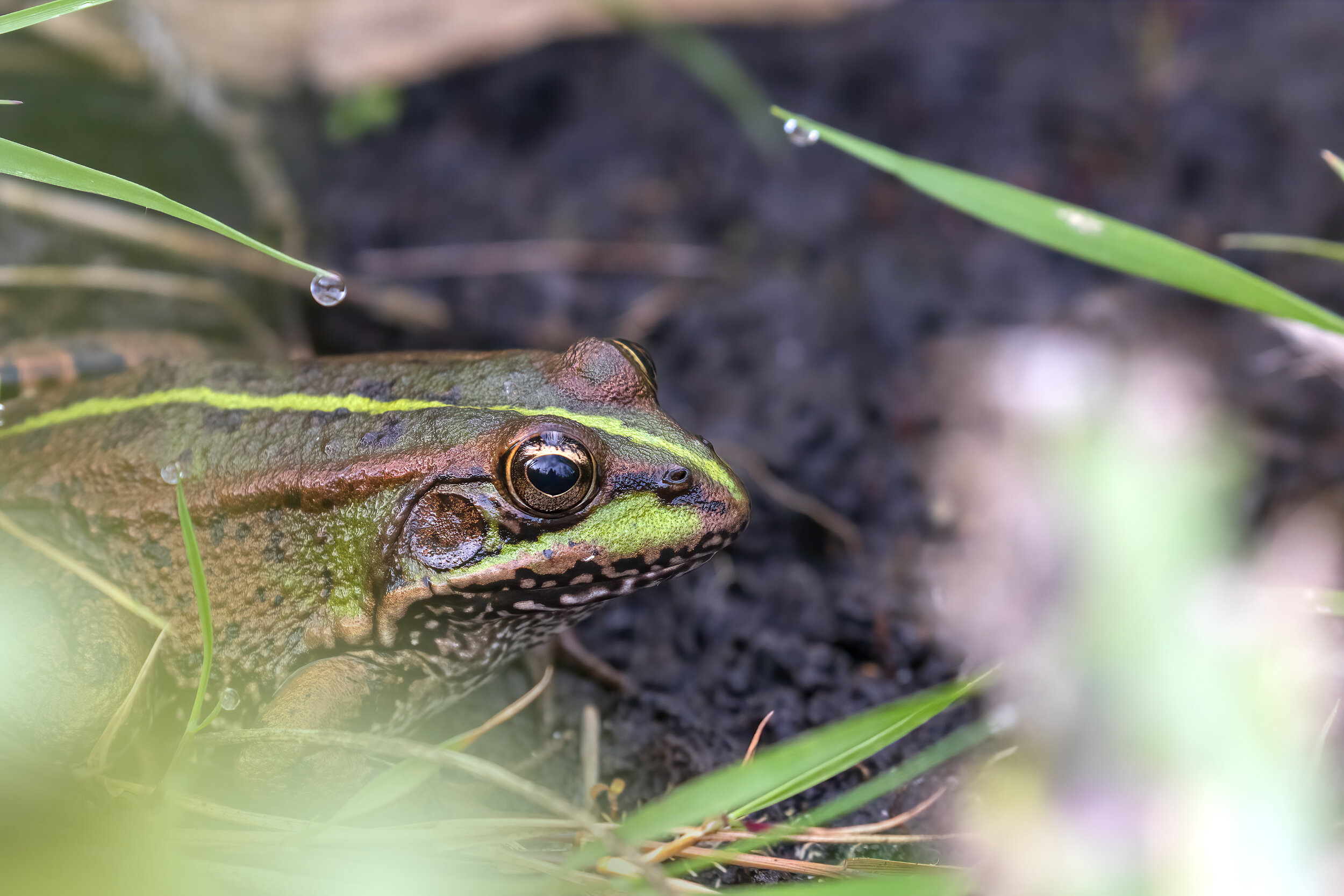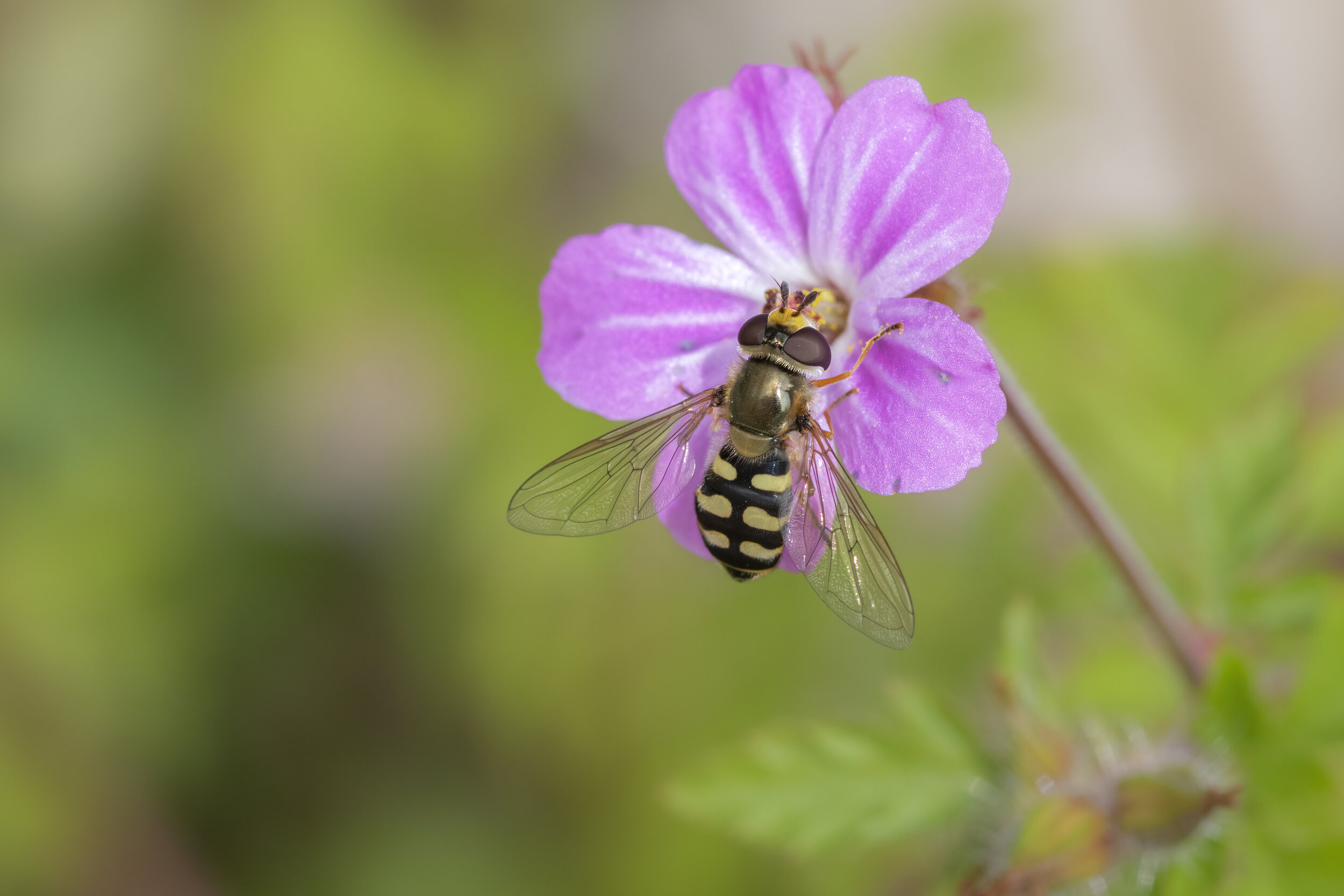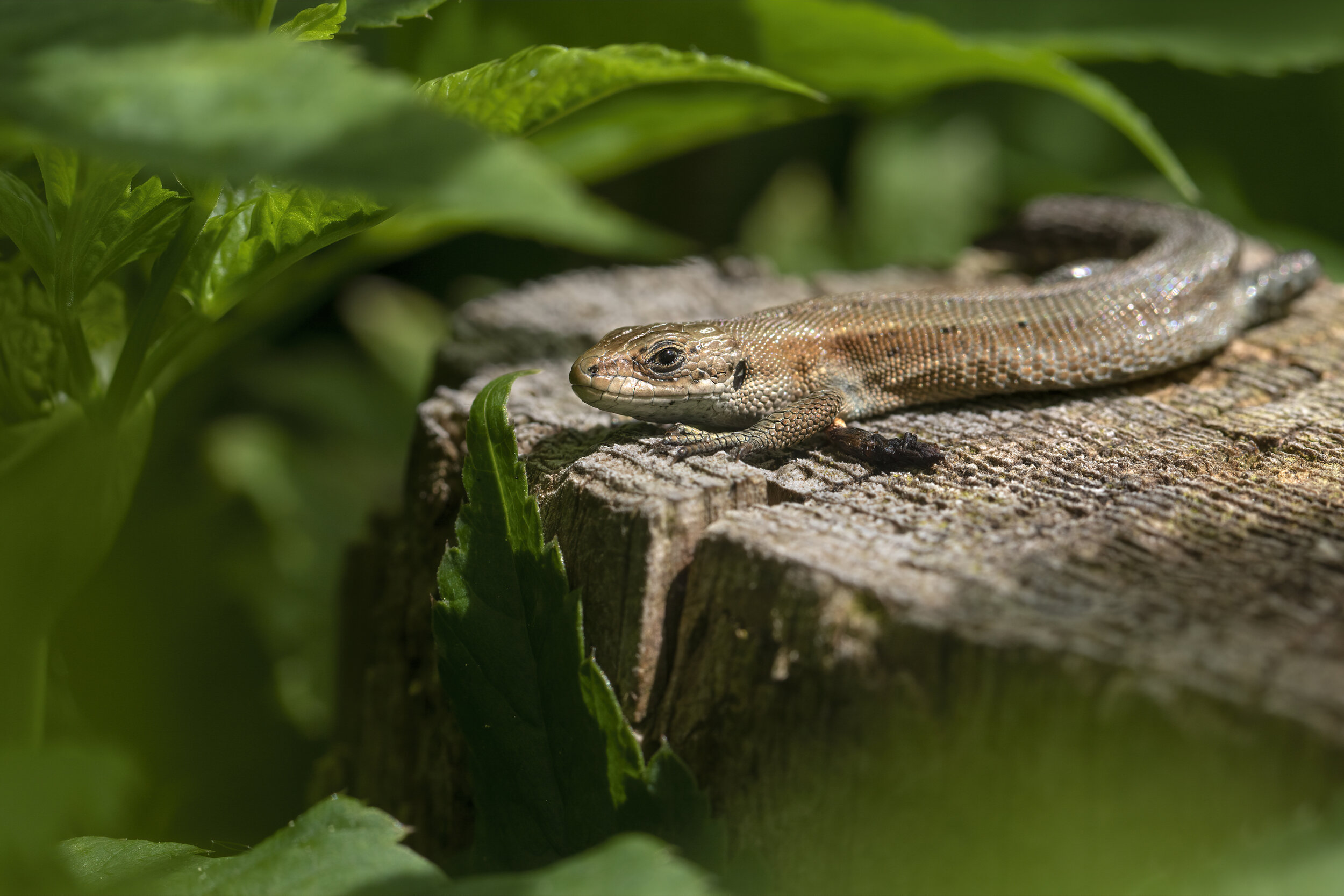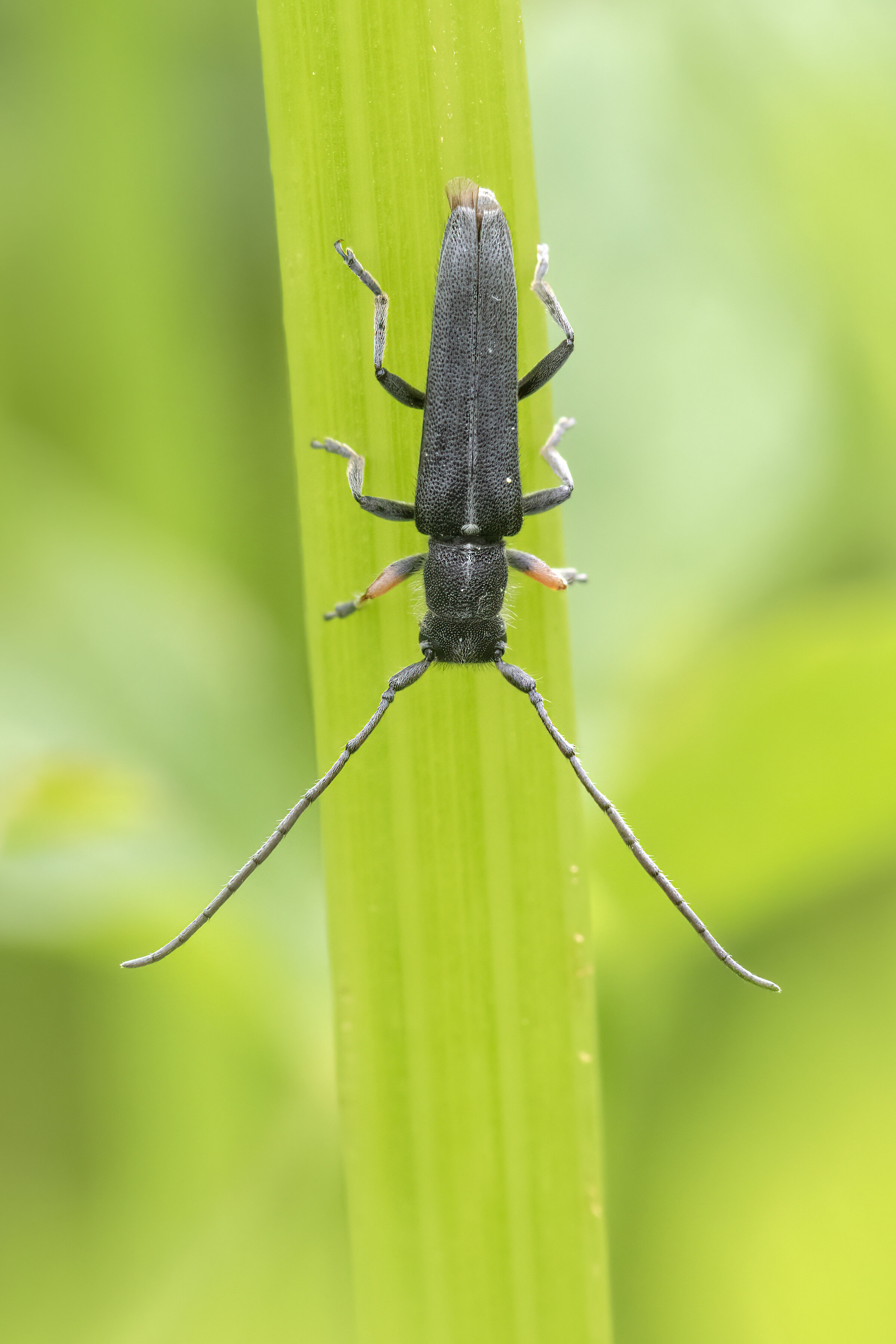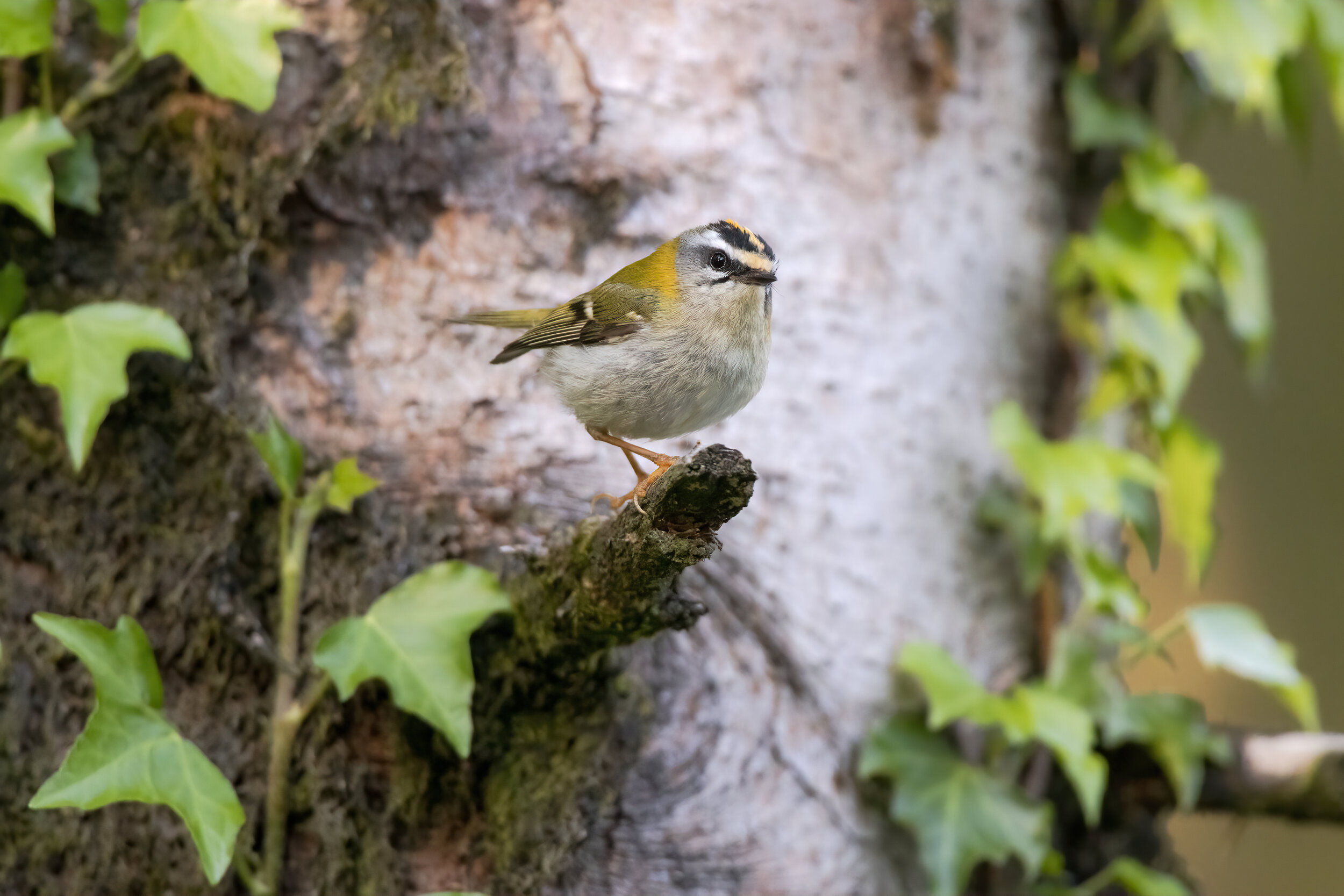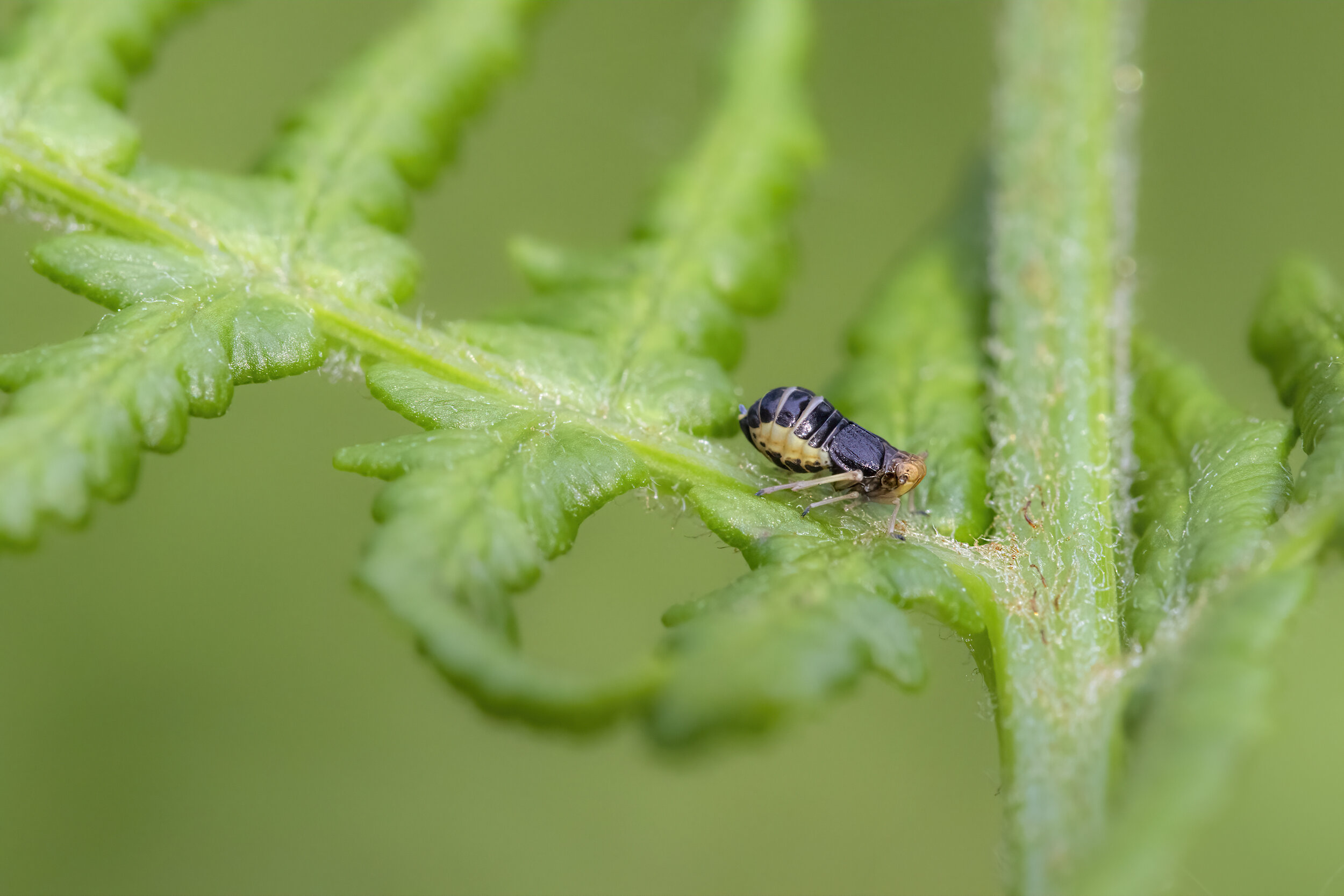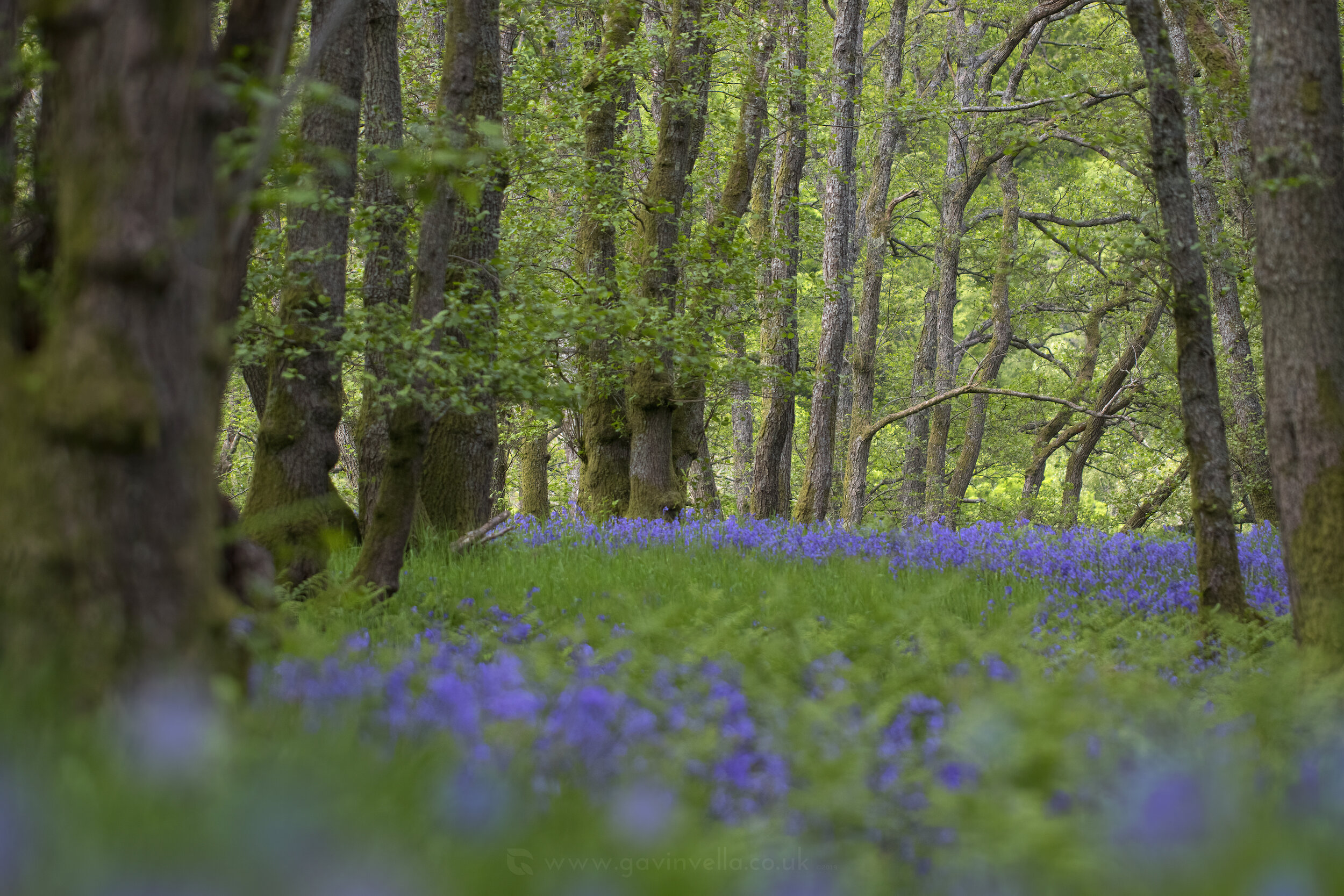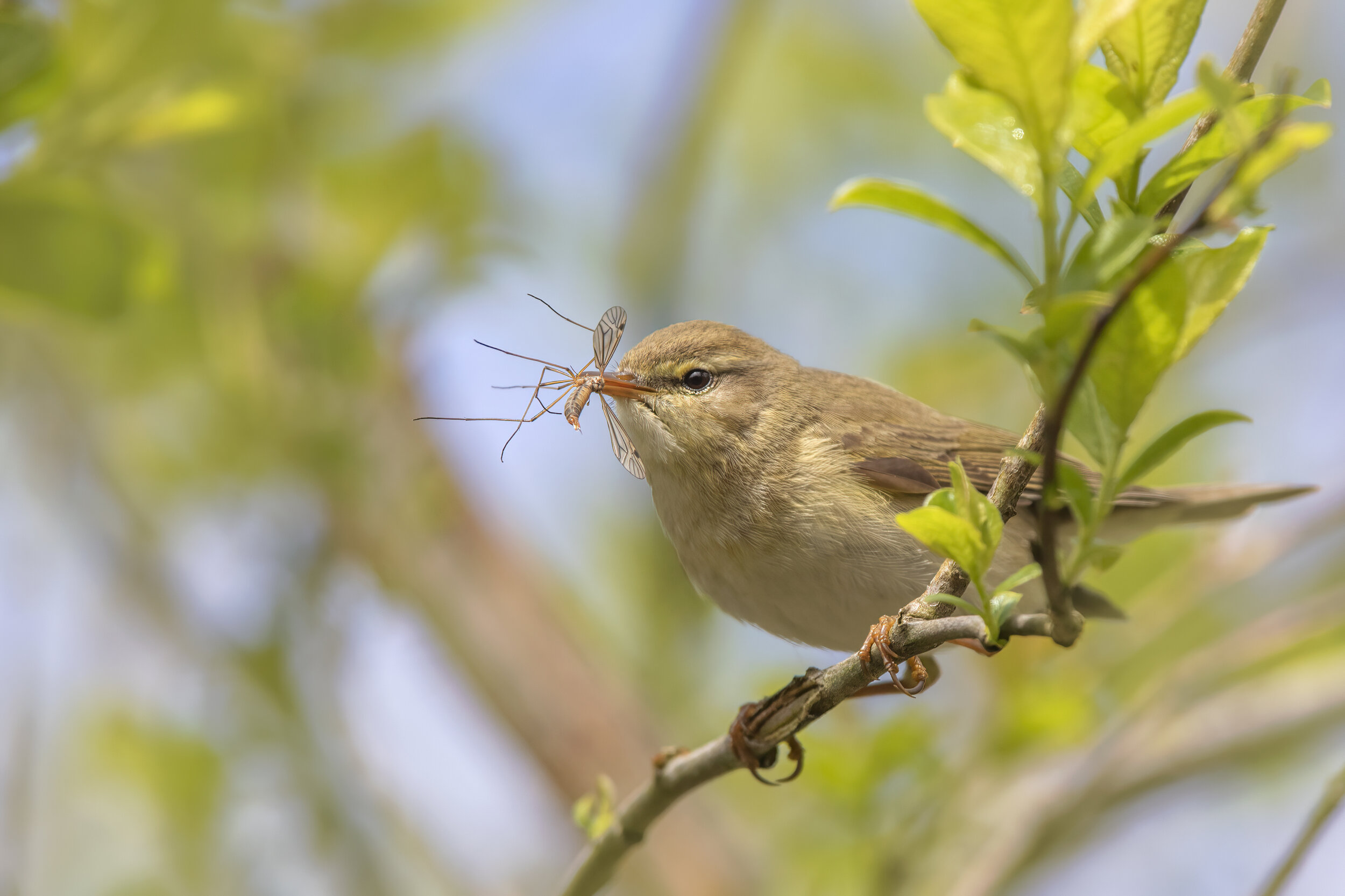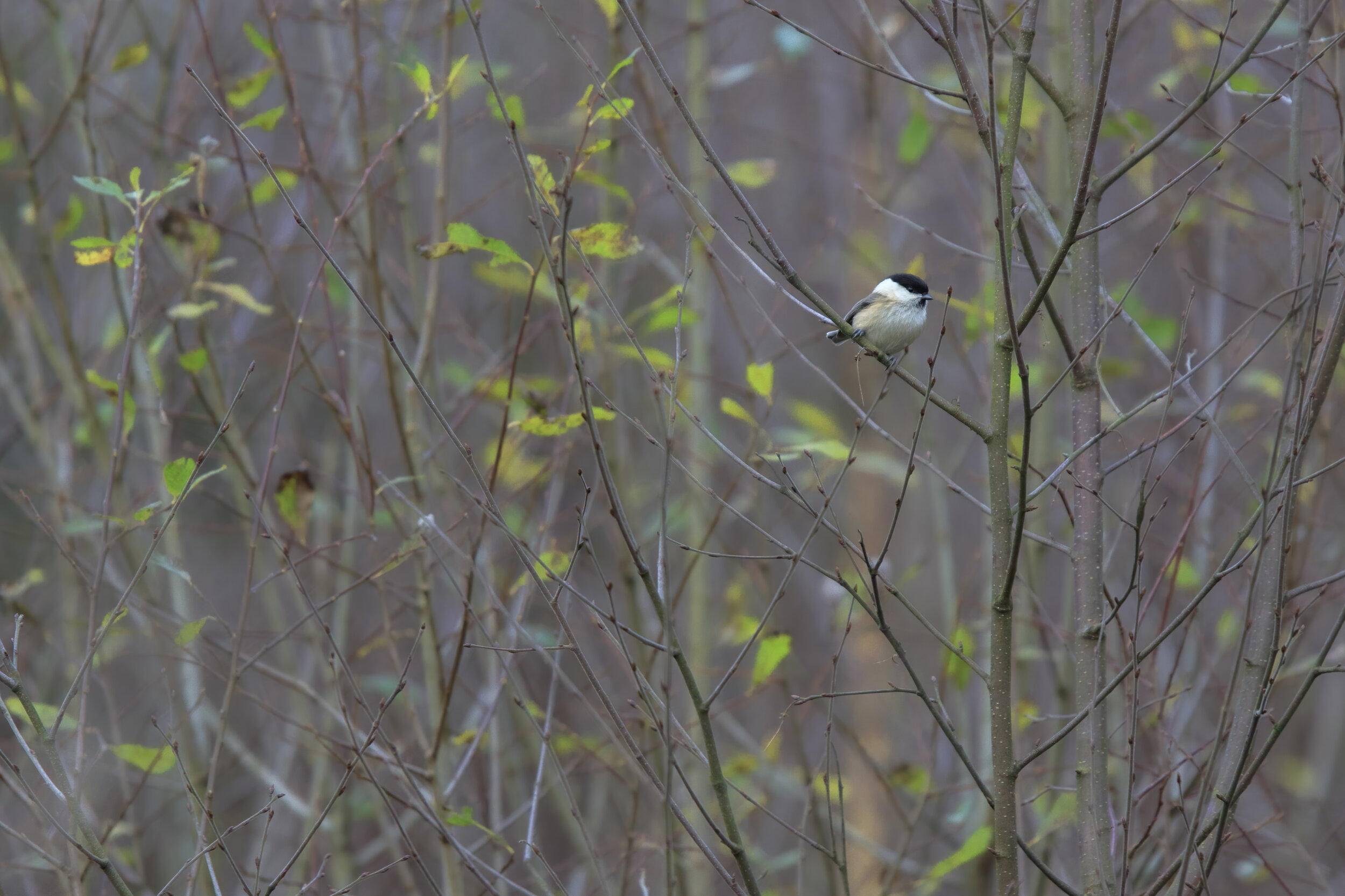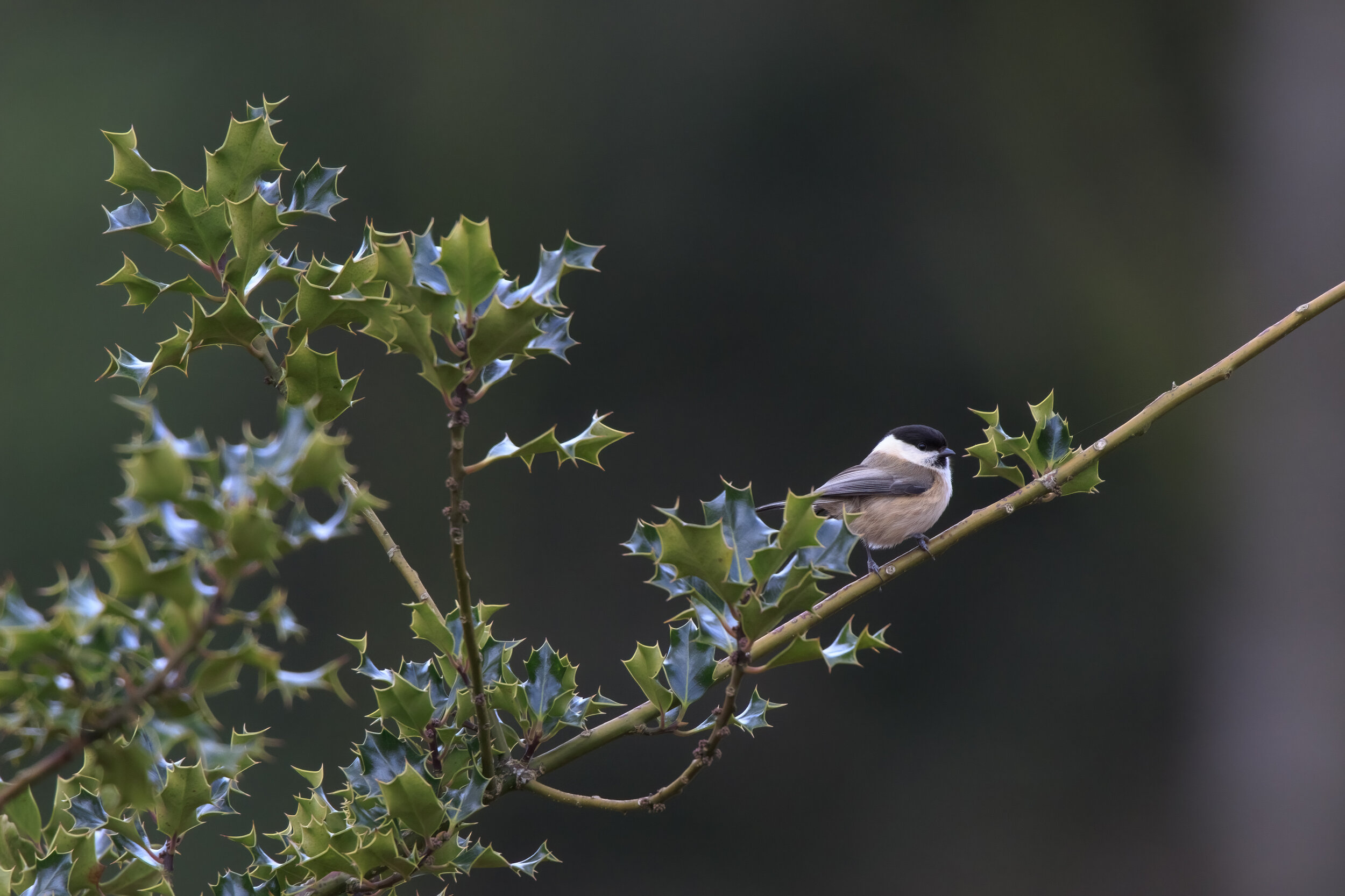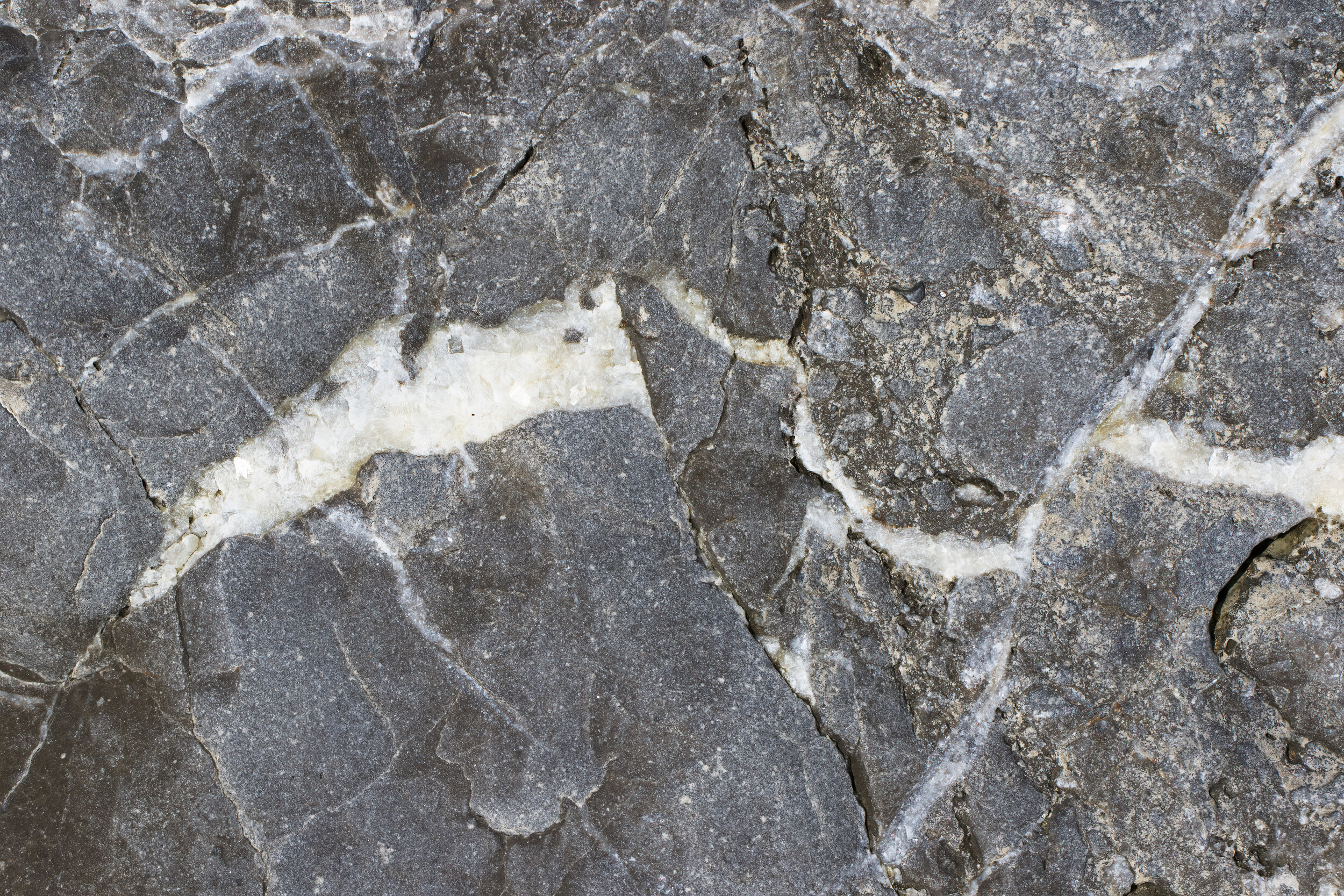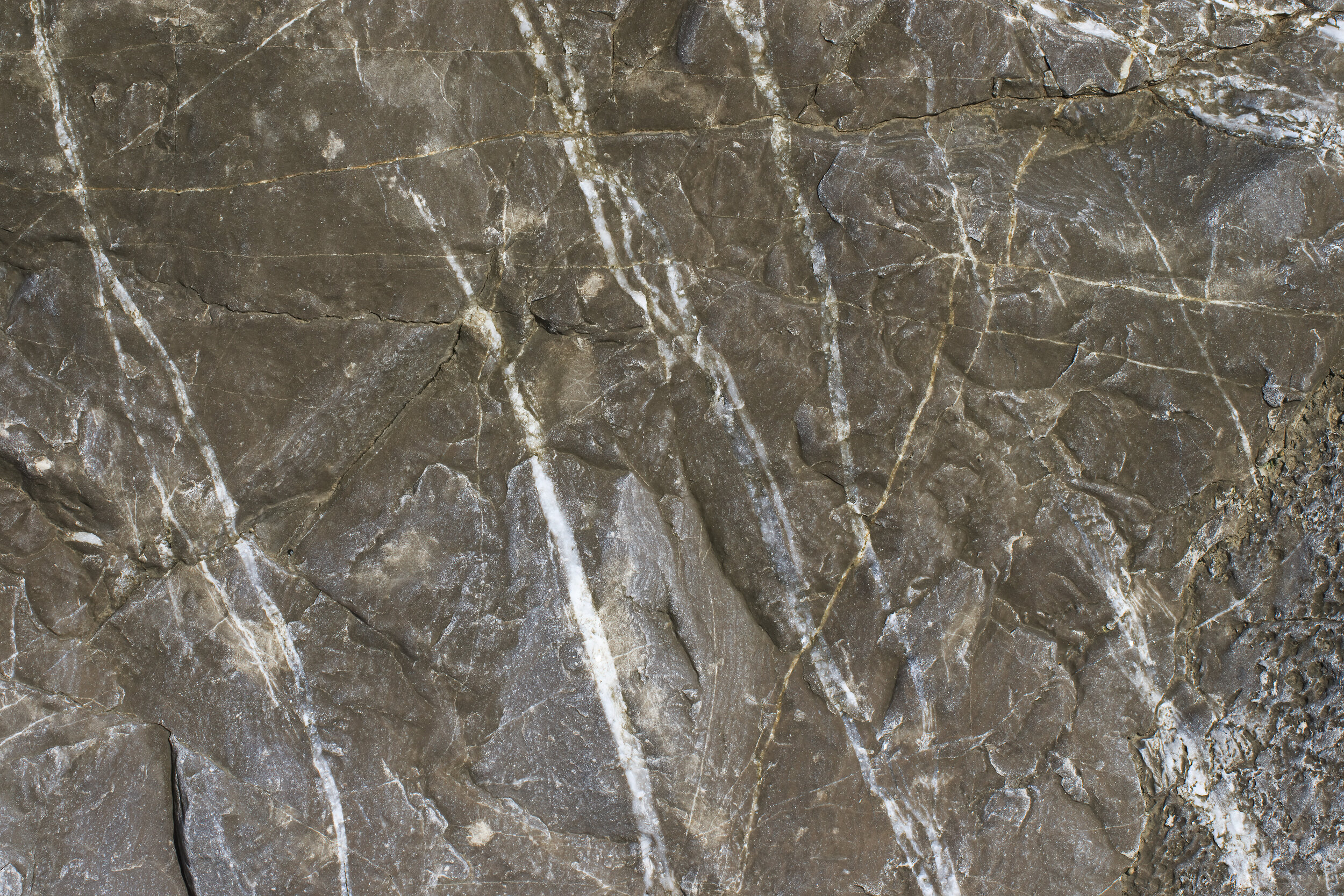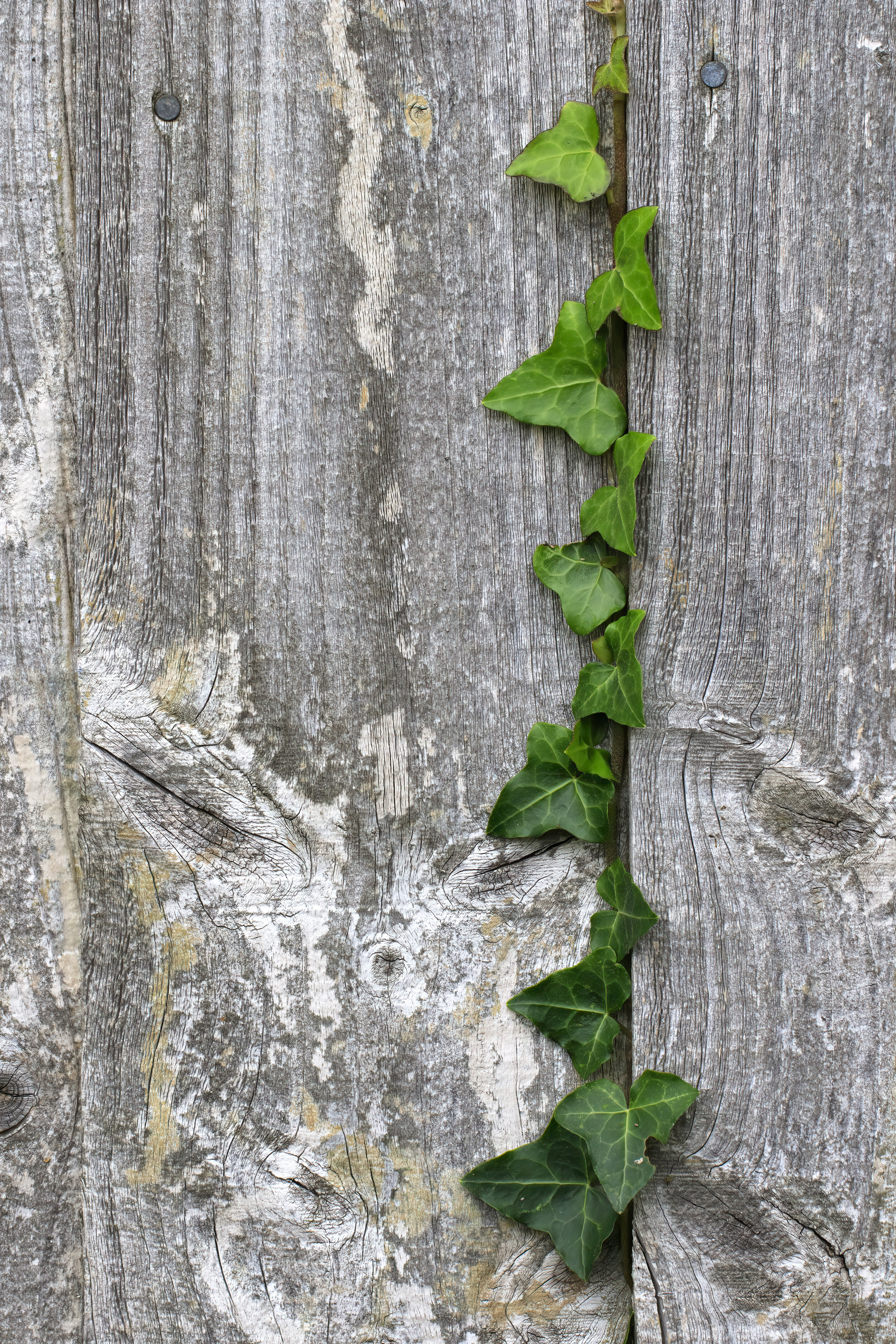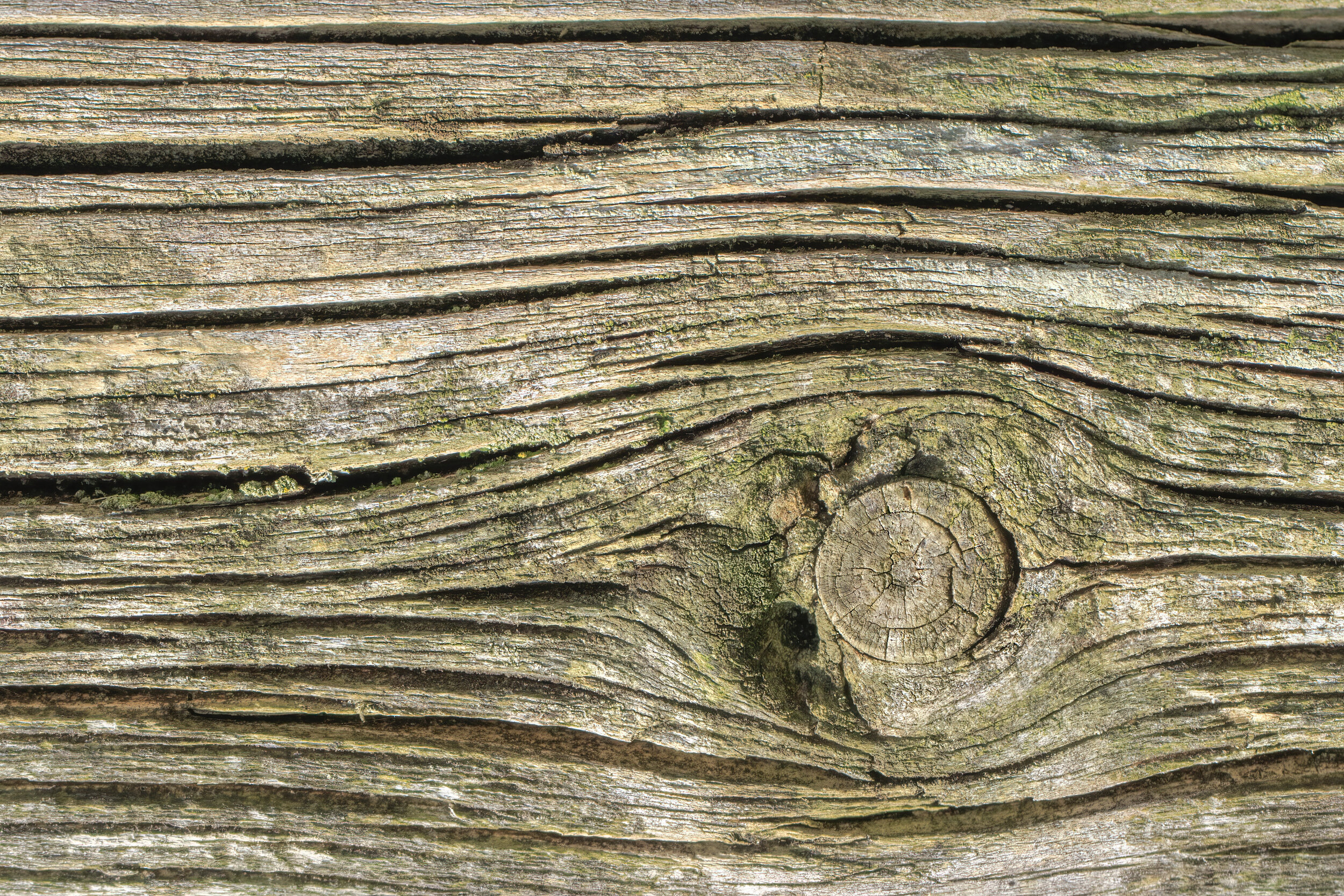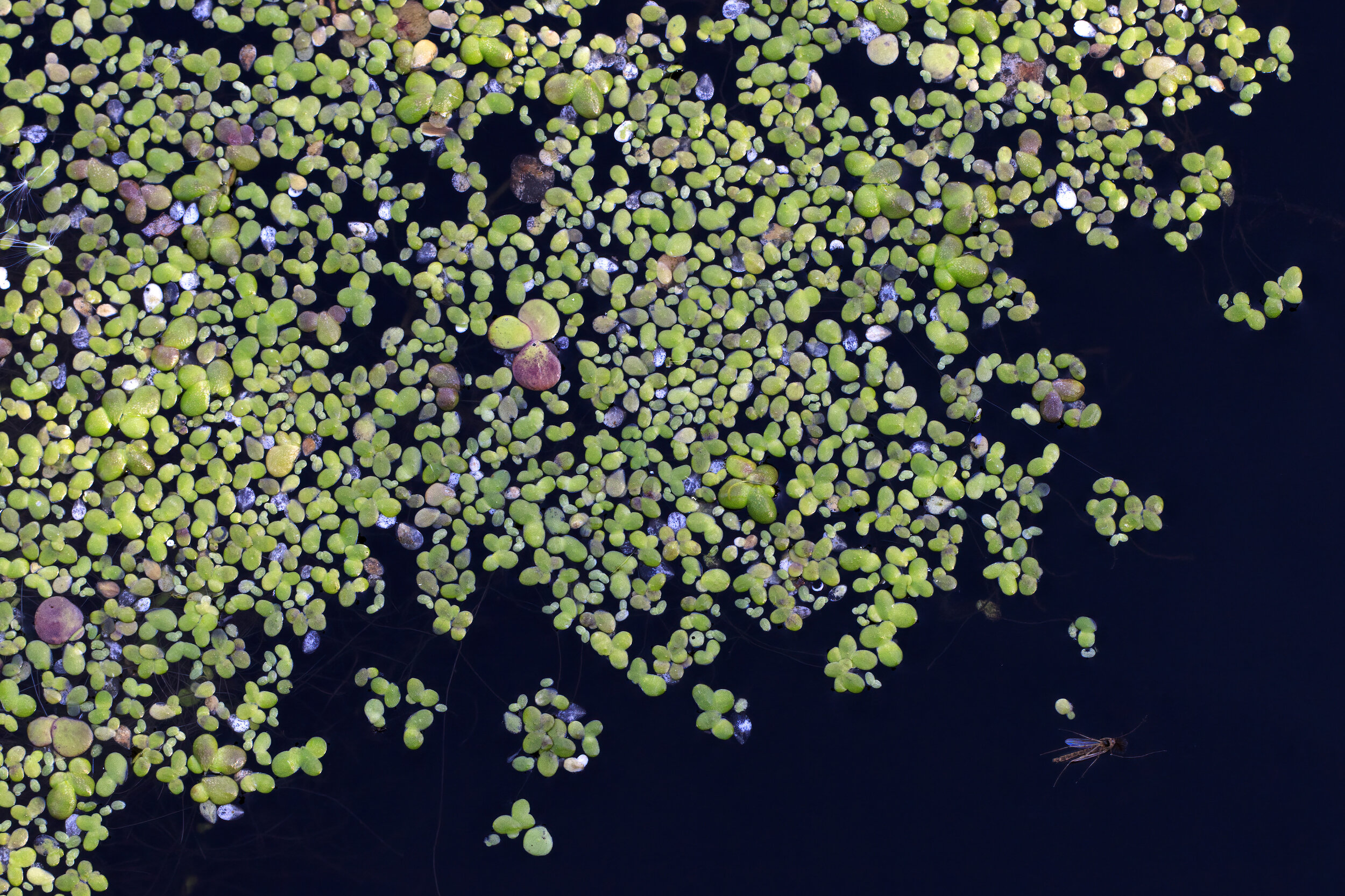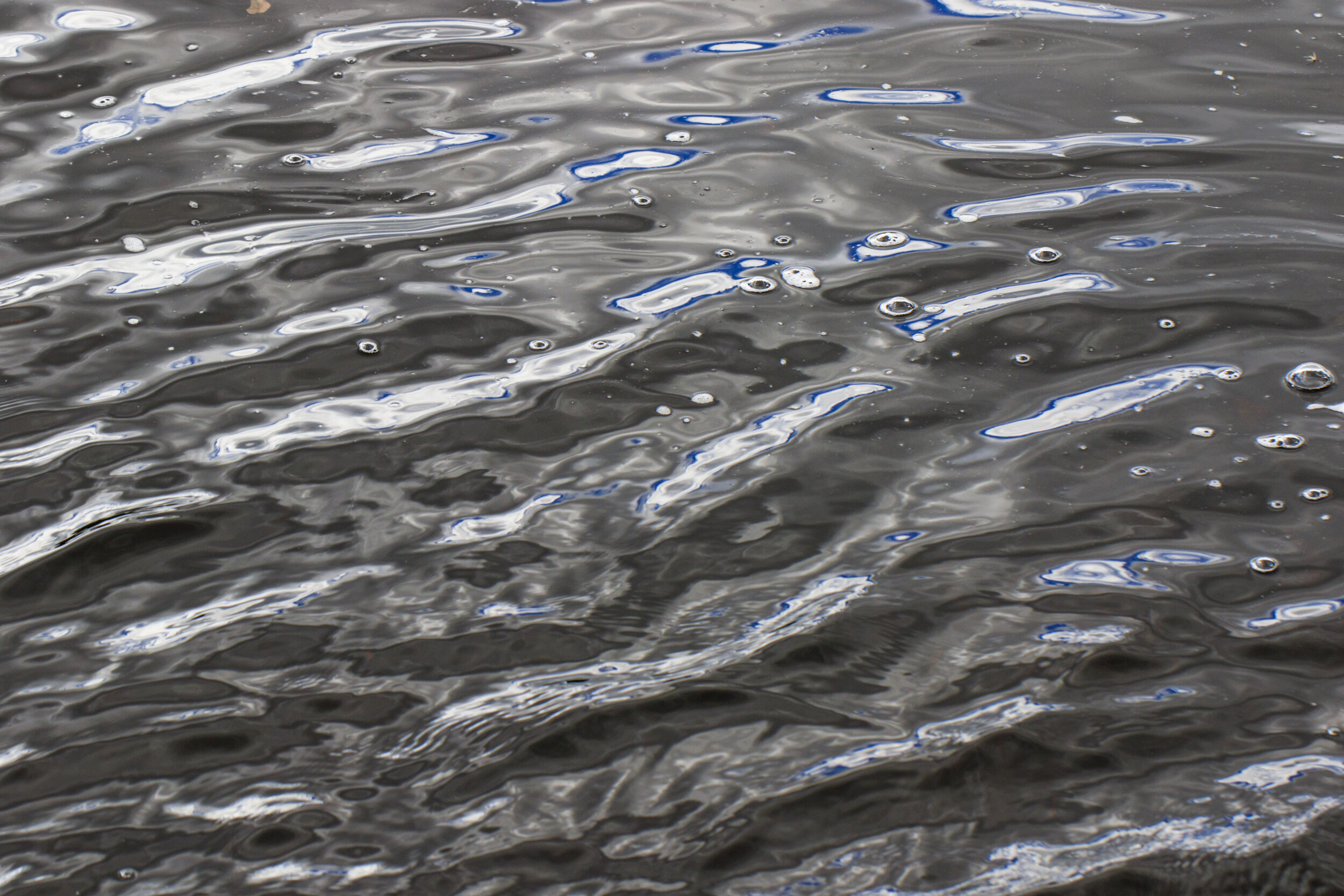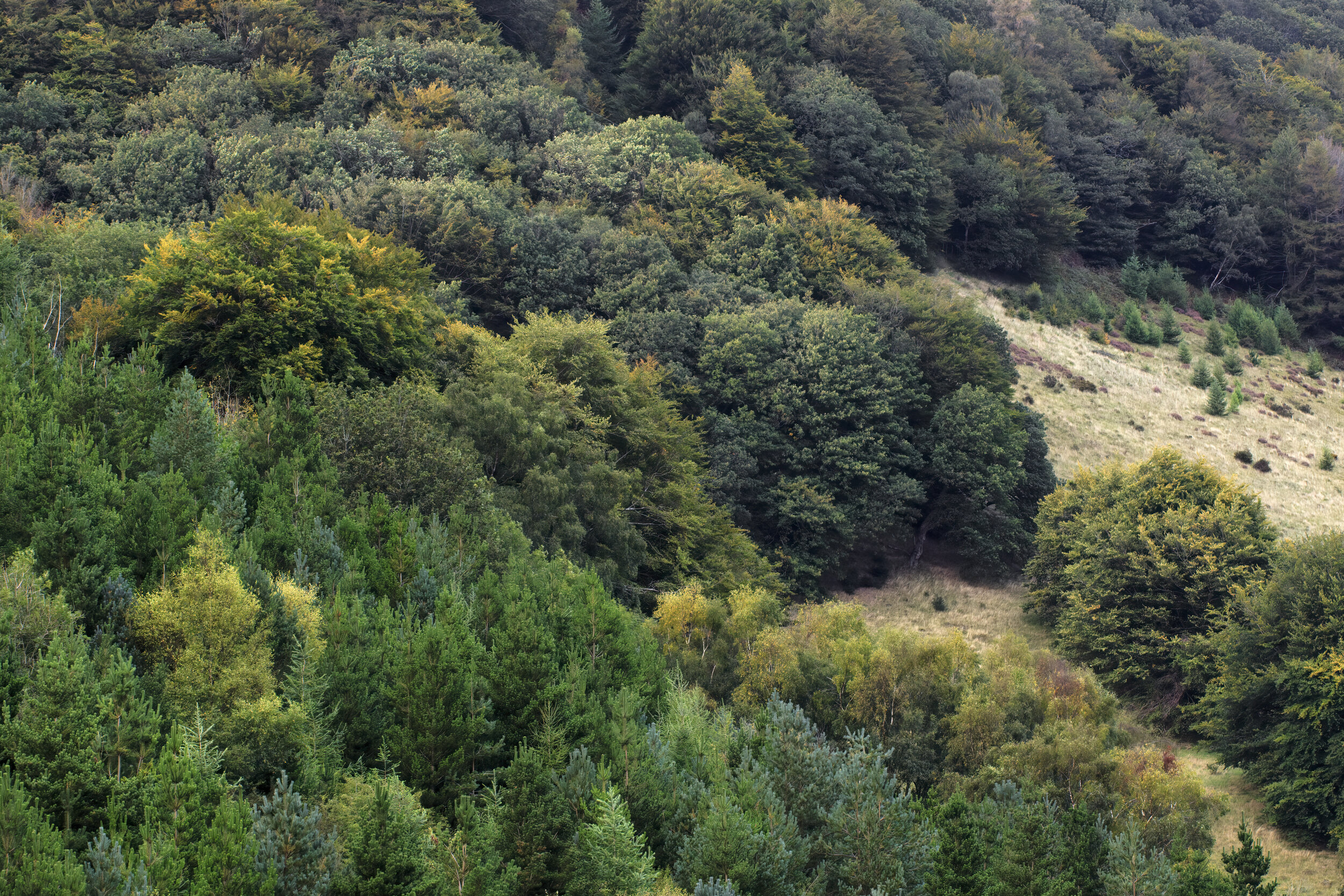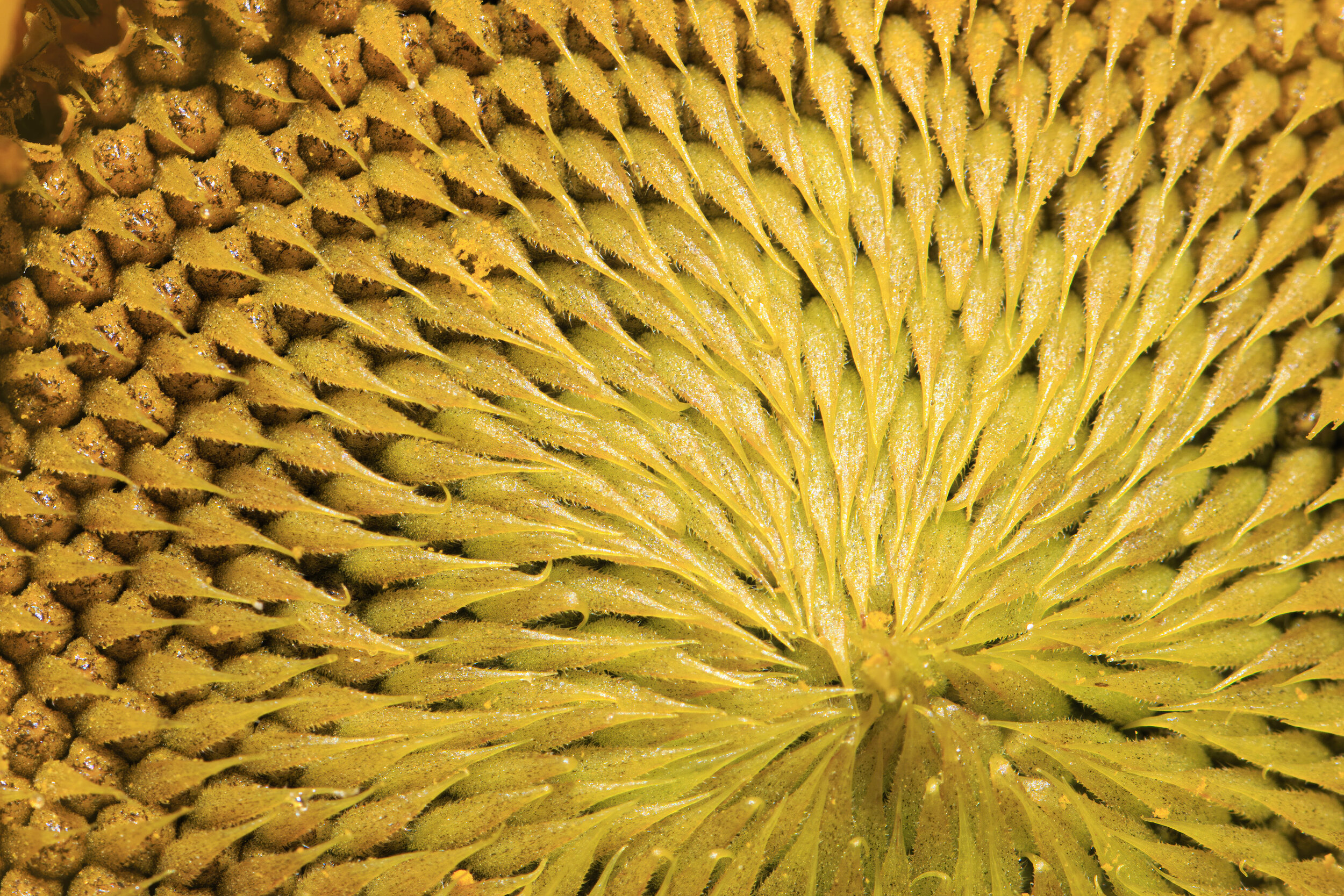Photography
Time is of the essence with this blog now, apologies for anyone that used to read regularly, I simple don’t have the time like I used to, especially thru the busy spring / summer season. Due to an upcoming operation (which was supposed to be before xmas but just found out it’s now pushed back significantly).. Even still, I have allowed myself more time off this autumn which I’ve fully taken advantage of. I’ve only used the long lenses on a few occasions though as I've been trying to travel lighter these days, which is why you’ll see lots of waterfall photography below as it allowed me to still get out and enjoy nature with a smaller setup, which has been a really welcomed change. I’ve pooled in most of the photographs I’ve taken since I last blogged but anyone following me on social media would have seen most of these already. The thing I like about my website however is that the quality isn’t compressed. Instagram and Facebook are particularly bad for destroying your images. Instagram has taken it a step further lately though and the new compression they have even saps your colours way. Sometimes not a bad thing for me as I tend to lean too much on the saturation but it has rendered many of my images look very flat and dark so here’s what they’re supposed to look like. As you can see I’ve been getting about, spending a lot of time exploring water fall country, everything from local beauty spots in Clydach to the depths of waterfall country between Brecon and Neath. It’s been a nice addition to what ended up being a rather colourful autumn.








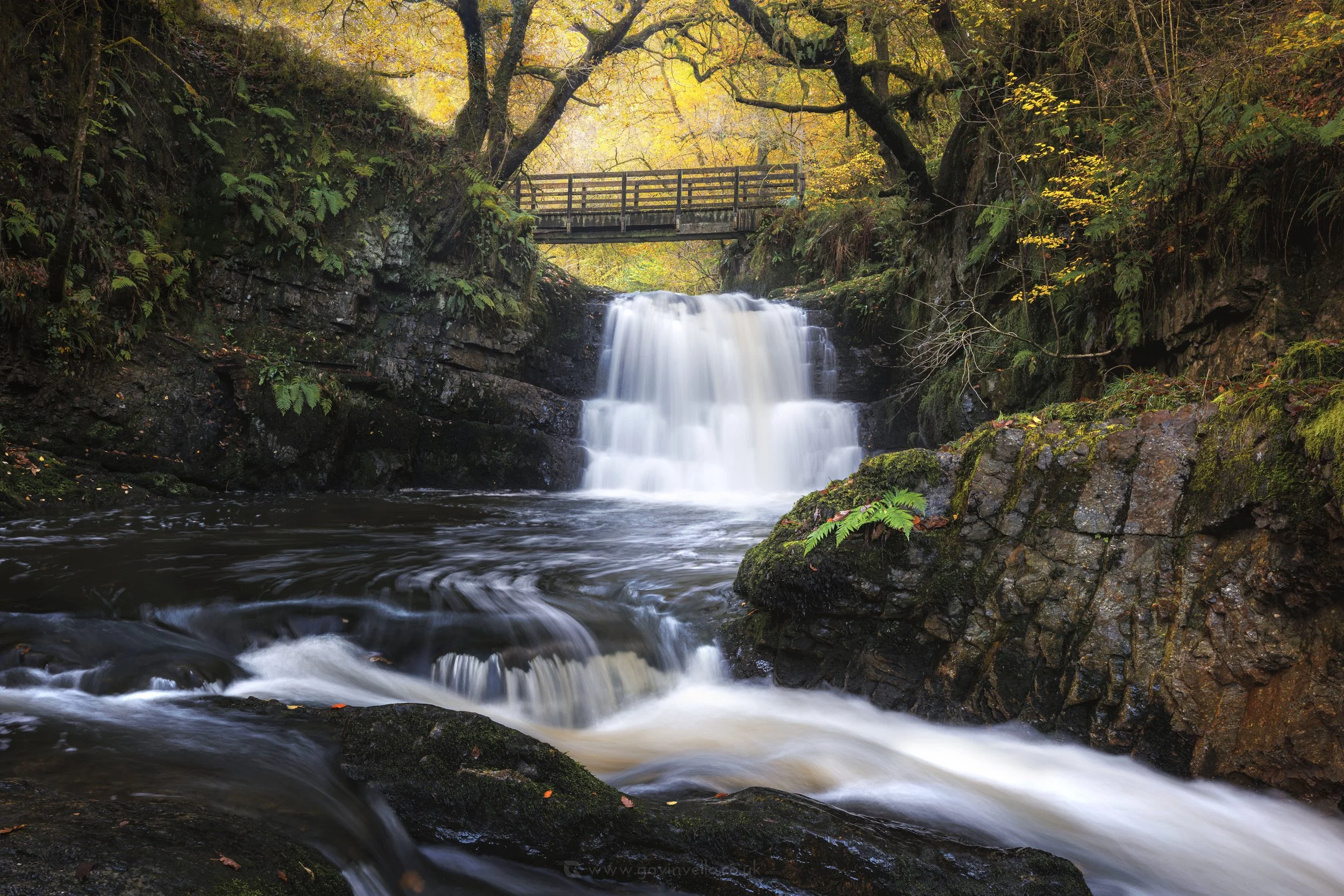










































Sound with Radius and Schoeps
On the subject of portability, I’ve also taken this opportunity to purchase a super portable ‘MS’ microphone rig from Schoeps and Radius Windshields. If anyone isn’t familiar with what MS is, it’s short for Mid-side, which is a technique that typically involves two microphones working in conjunction with each other but not in a conventional A-B/L-R configuration where one microphone handles the right signal and the other handles the left. The Mid microphone acts as a front facing, the Side microphone acts as a left and right. The clever trick here lies within the side microphone, as it’s still only a mono microphone, so how does it capture left and right signals?
It achieves this through clever but simple physics, where sound entering from the left has the exact opposite wave length as the sound entering from the right. Where the magic happens is actually in post processing as in order to hear the stereo effect, you have to duplicate the mono signal onto two separate channels, pan the left and right accordingly but most importantly, you have to invert the phase of the right channel, which will then represent the sound source that came from the right side. In conjunction with the mid channel, you then have complete control over how wide or narrow the stereo field can be. So with just 2 microphones you can create 3 channels of audio, all of which can be controlled individually to whatever desired effect you want to achieve. It’s very clever and it’s used in the film industry all the time for movie effects.
You can use a variety of different microphones for the mid channel, in this case I’m using my Schoeps CCM 4 microphone that I also use inside my Telinga Dish for my wildlife recordings, but you can use a shotgun microphone too, which I may add down the line. The Side microphone is a Schoeps Mk 8 Capsule with a CMC 1L power module. These products aren’t cheap what so ever, but they do provide a very natural flat sound which is important when combining microphones like this. What schoeps have done over the years though is completely mastered the art of portability. The fact that they can offer the same immense sound quality they’ve offered all these years in such a small package, just goes to show how far they’ve come in miniaturising tech.
I should talk about the basket system also, which is made by a company called Radius (Previous owners of Rycote). Rycote paved the way for premium wind protection in the professional industry and what Radius have done so far is combine everything they’ve learned over the years with Rycote and have improved on it massively. What they’ve given us so far with the Mini-alto basket system below is give us exactly what the industry has needed for a long time and that’s a system that is totally modular, meaning you can switch every part really easy to fit a variety of different microphone arrangements and sizes. The basket system itself is snapped on with very strong magnets but every part of the system can be taken apart. I’ll do a proper review of this system soon for anyone interested but so far, I'm very impressed.
Radius Mini-alto Windshield with Size 115 basket (can be switched with any available sized basket to fit most microphones available on the market)
Radius mini-alto without windshield with Schoeps CCM 4 + CMC 1L with Mk 8 Capsule.
Below are a few examples of the MS recordings so far. The rain recording below is panned at -+75, which I found to be a nice sweet spot for a more pleasing stereo image. The fireworks are actually panned -+100 which is the widest stereo you can get from this rig. For the purpose of fireworks which were quite far away, it worked out well.





